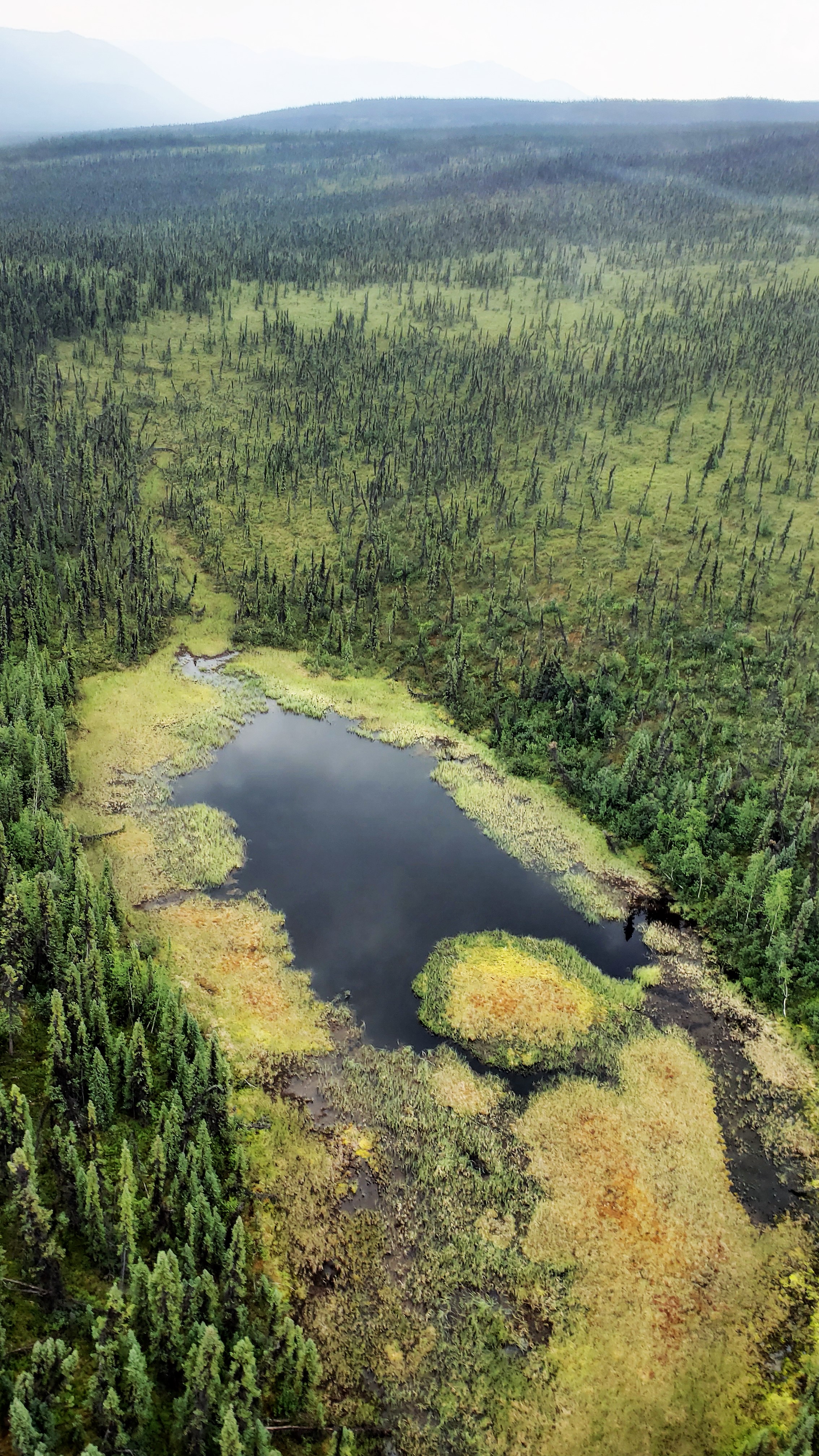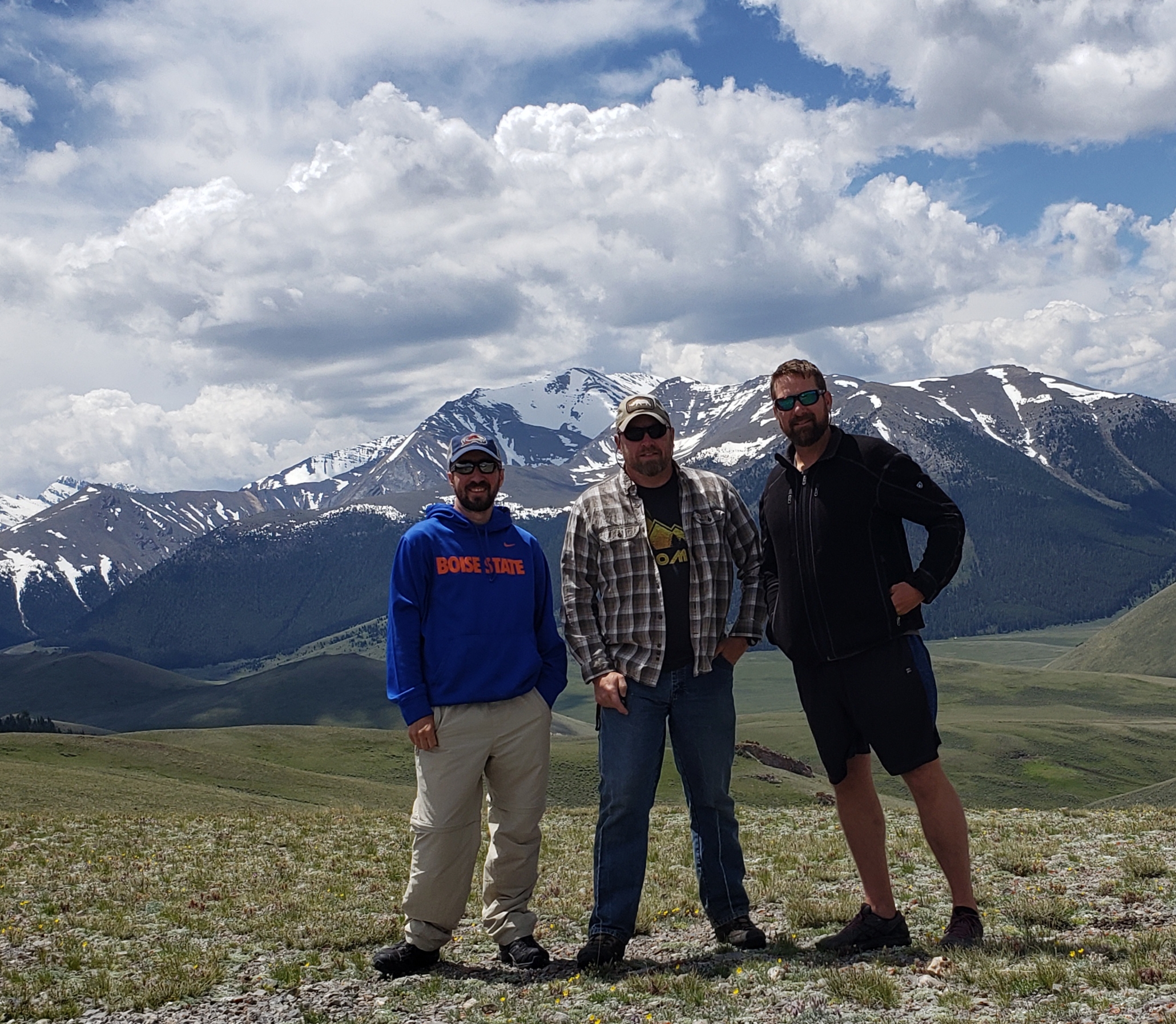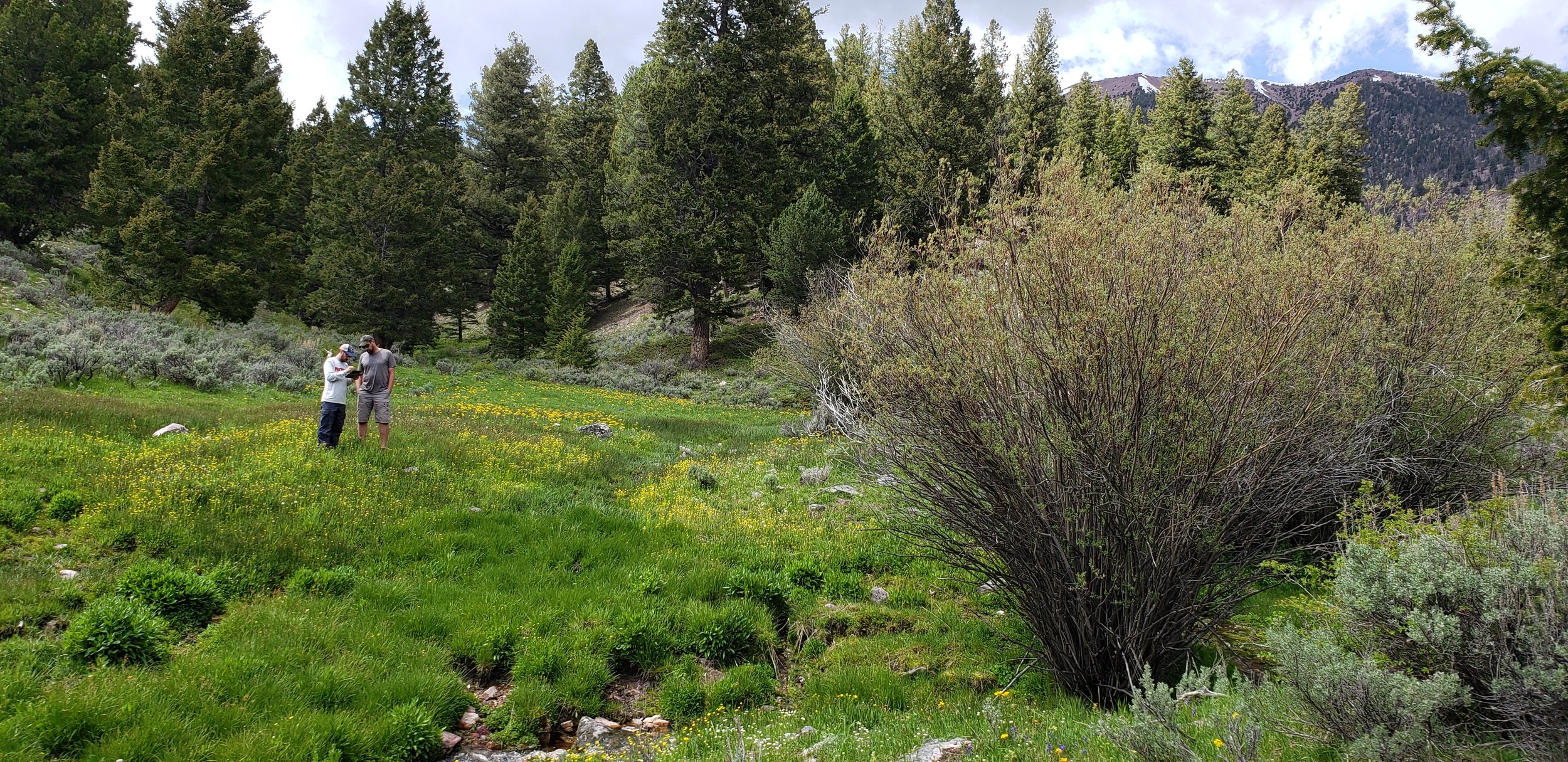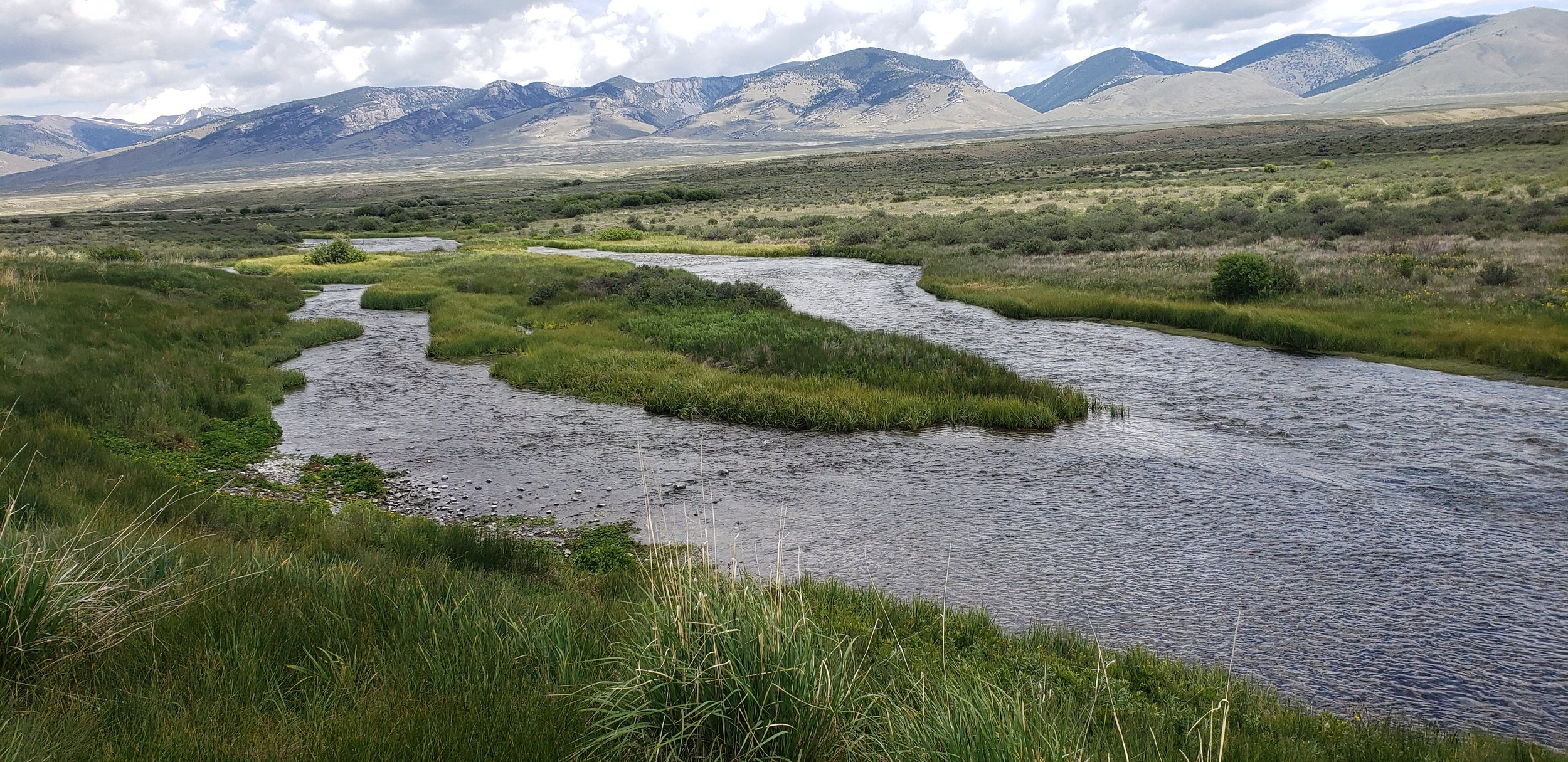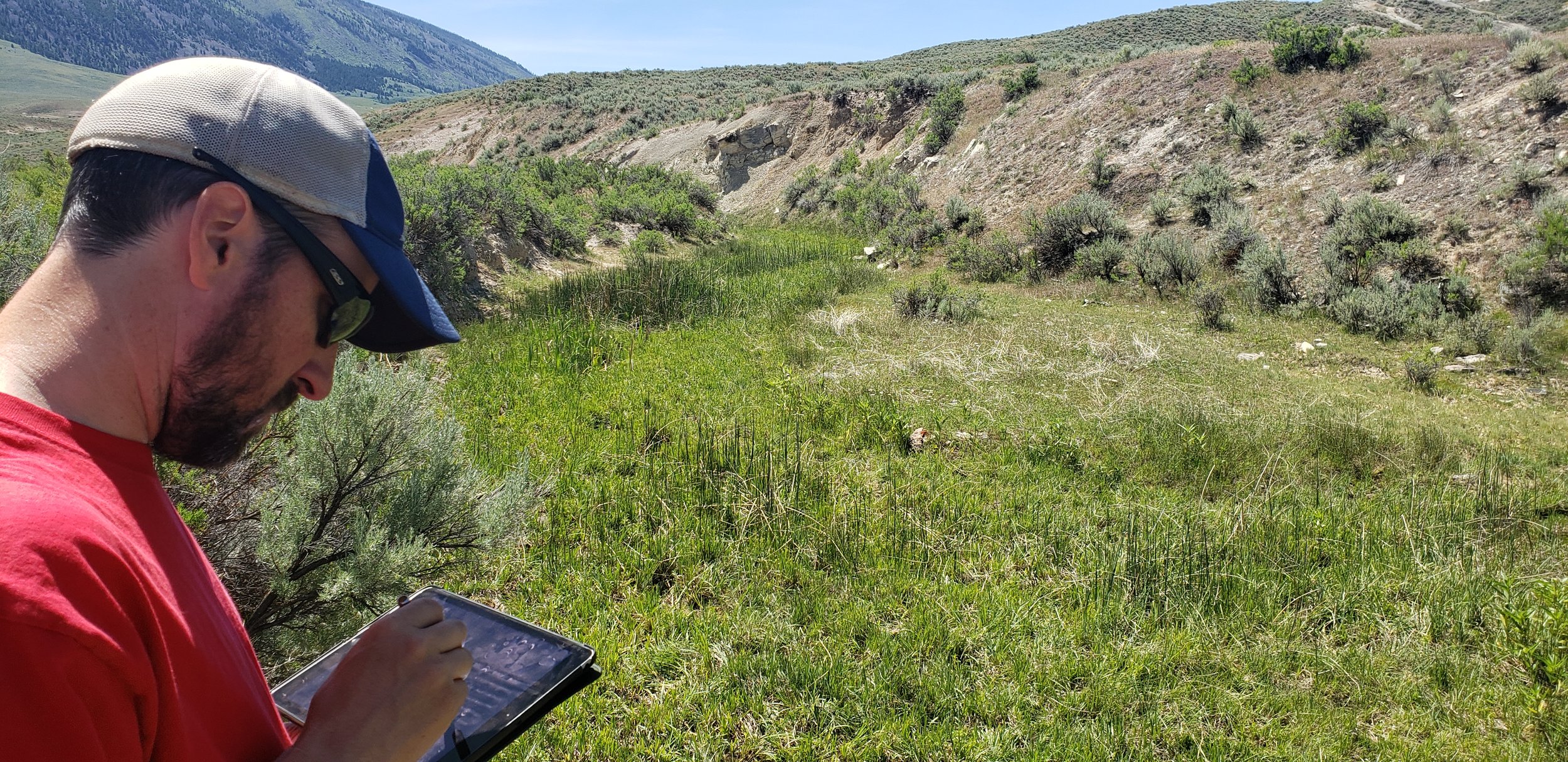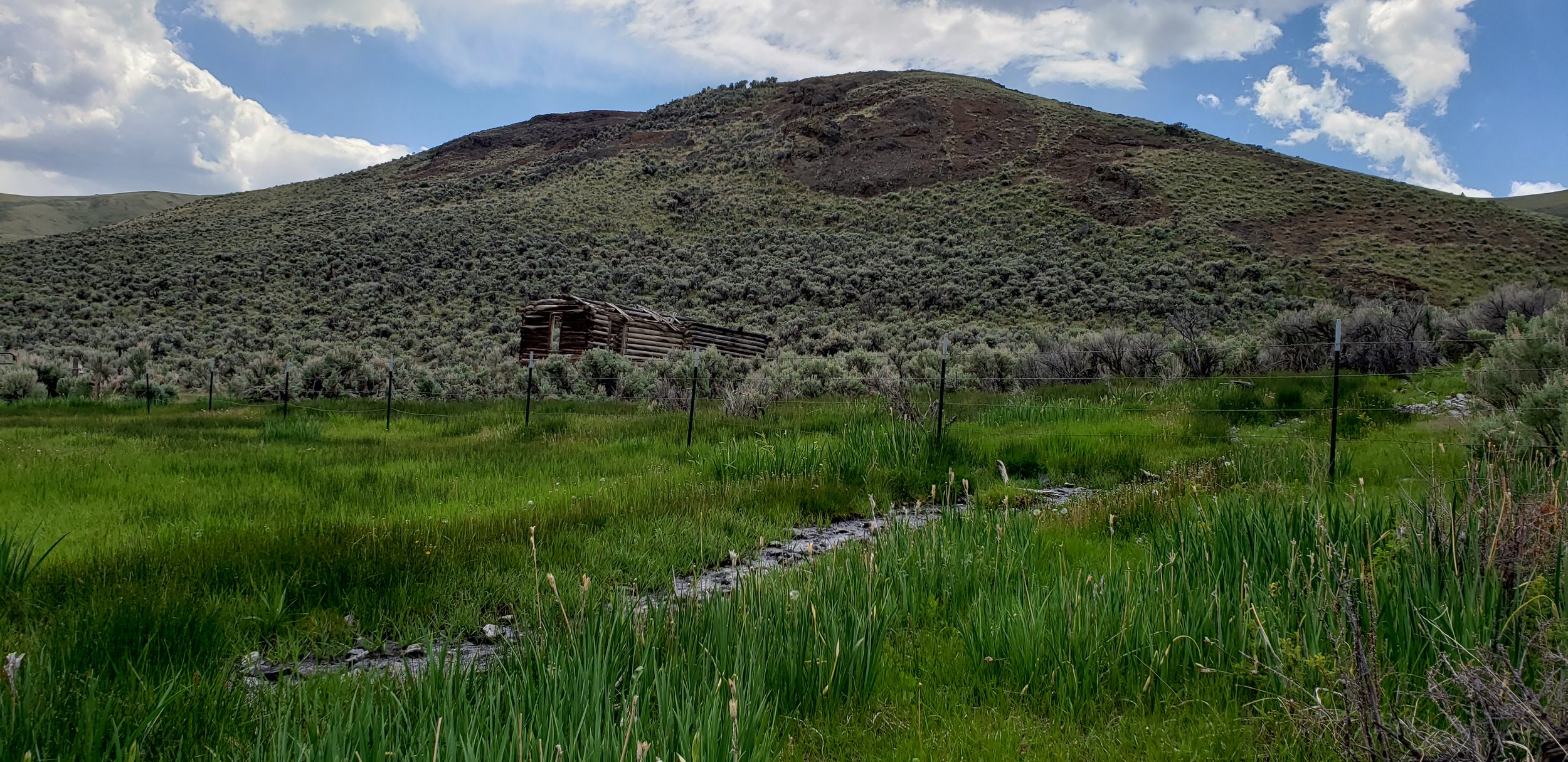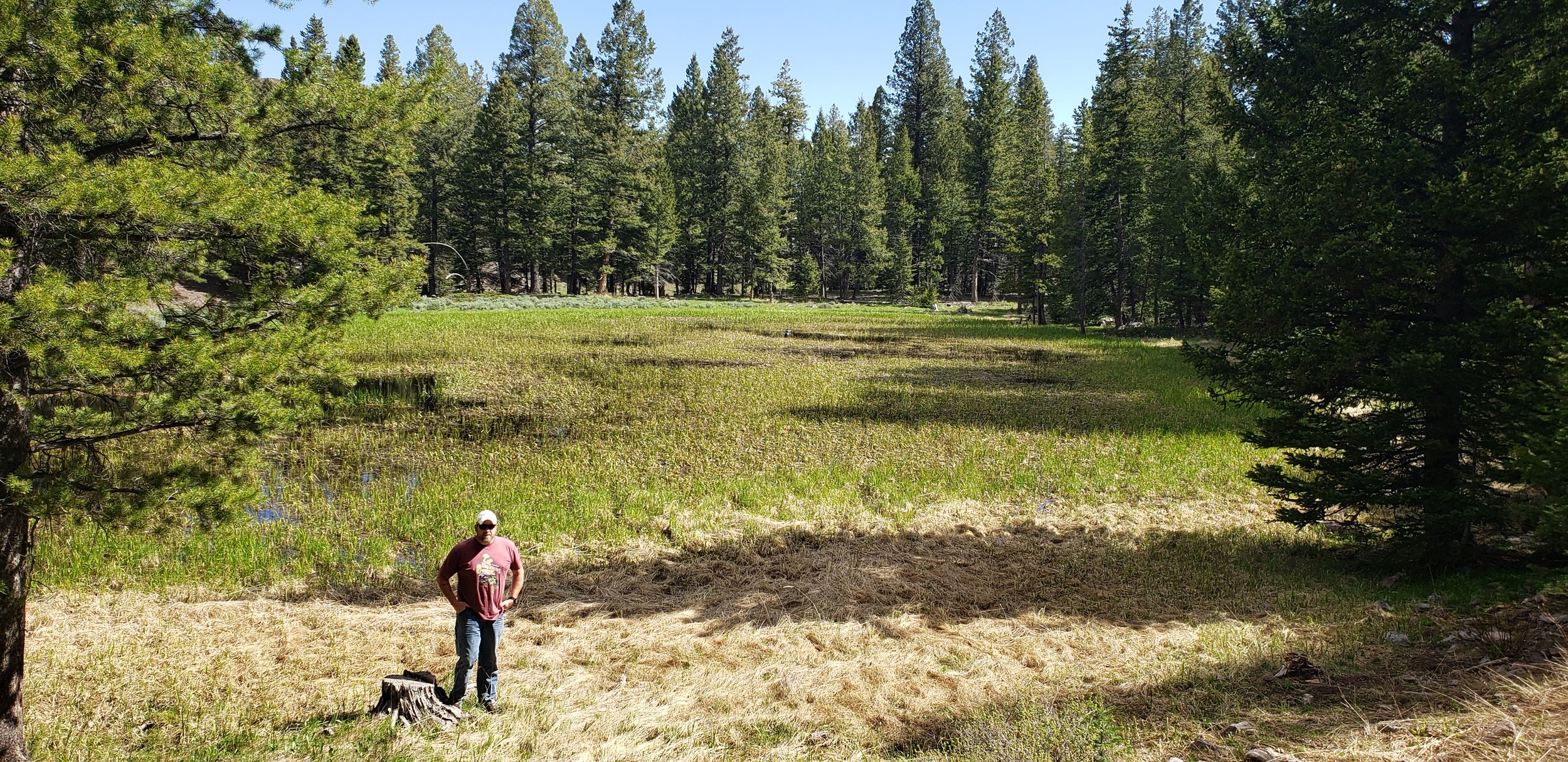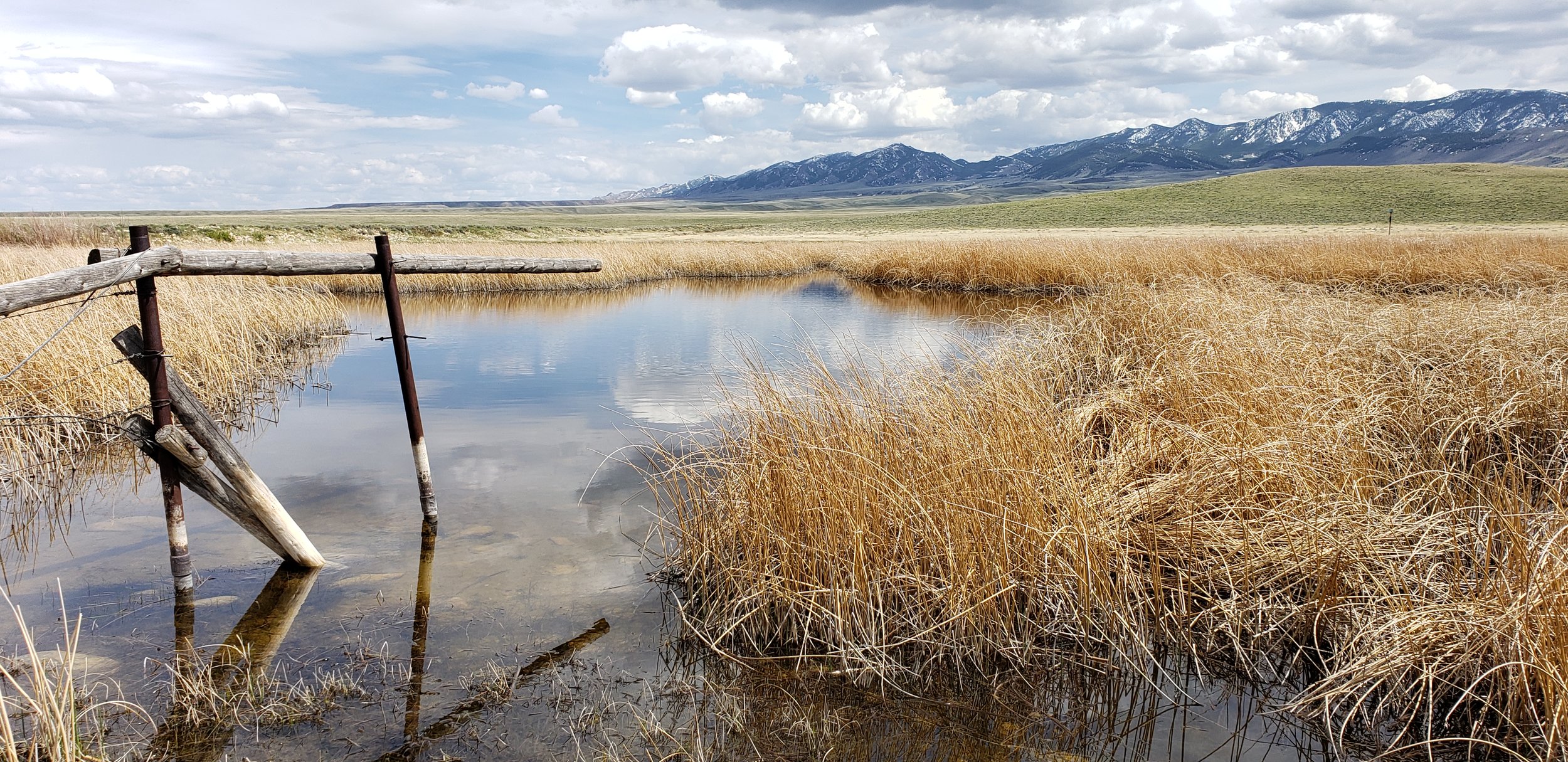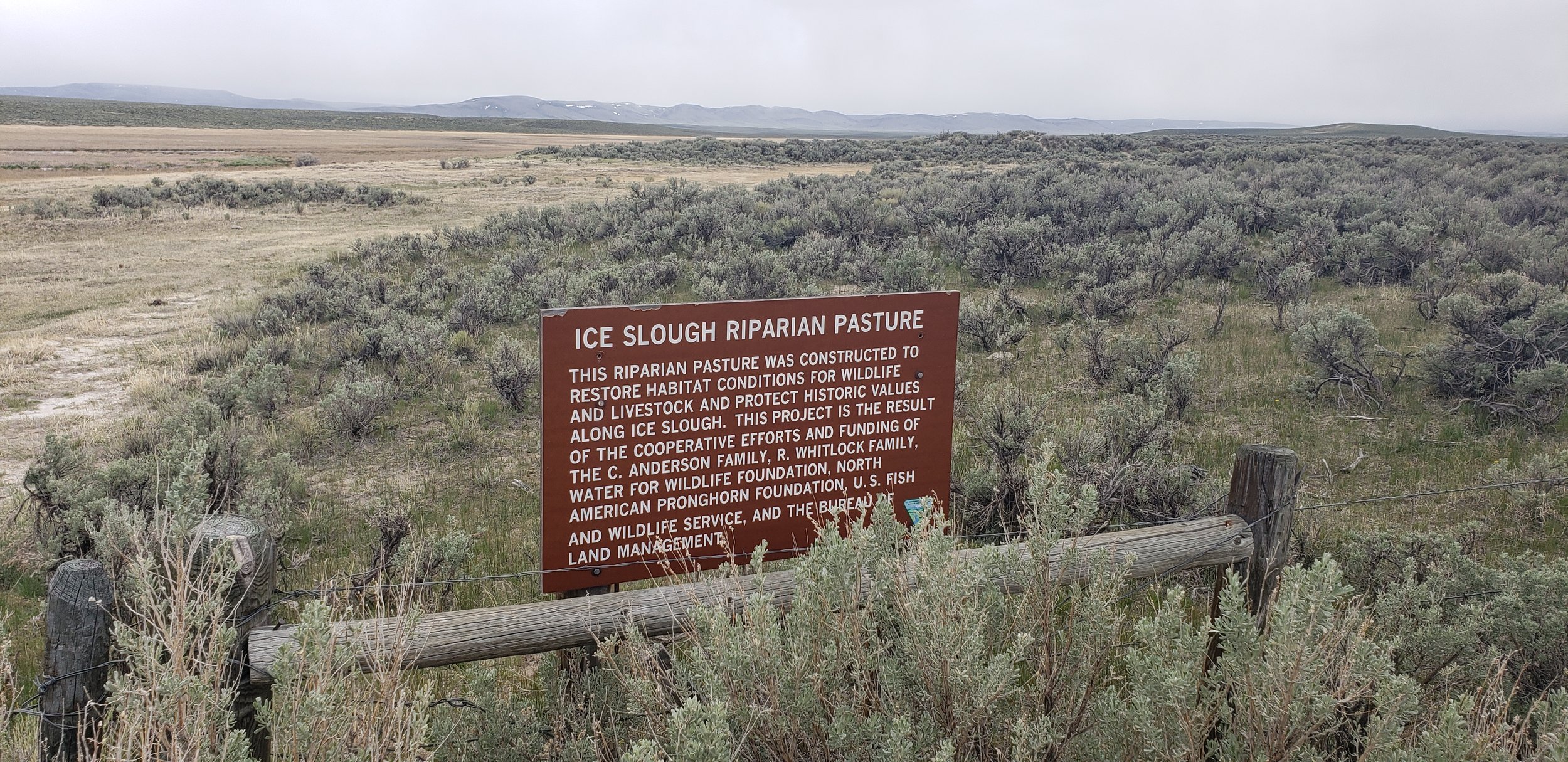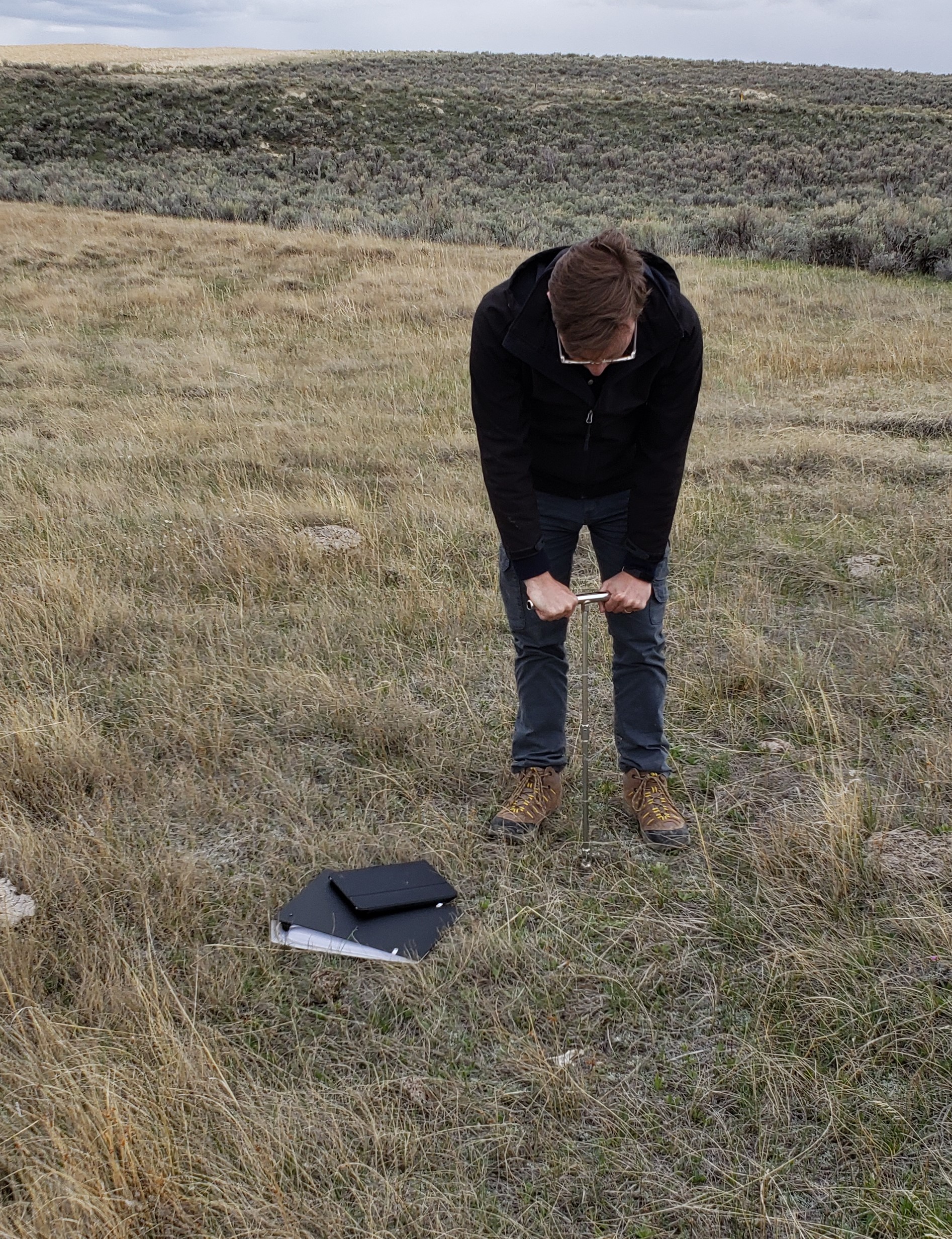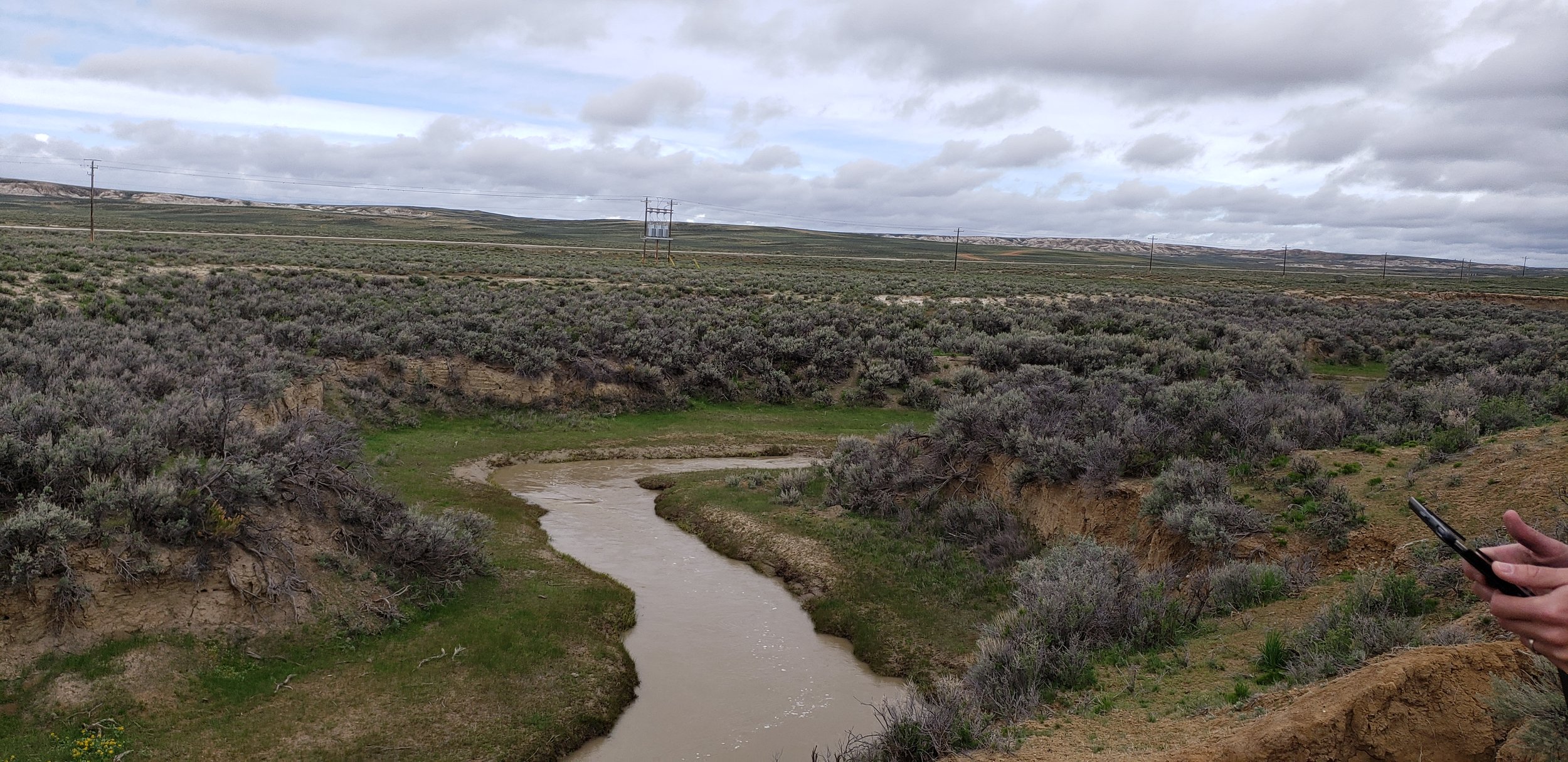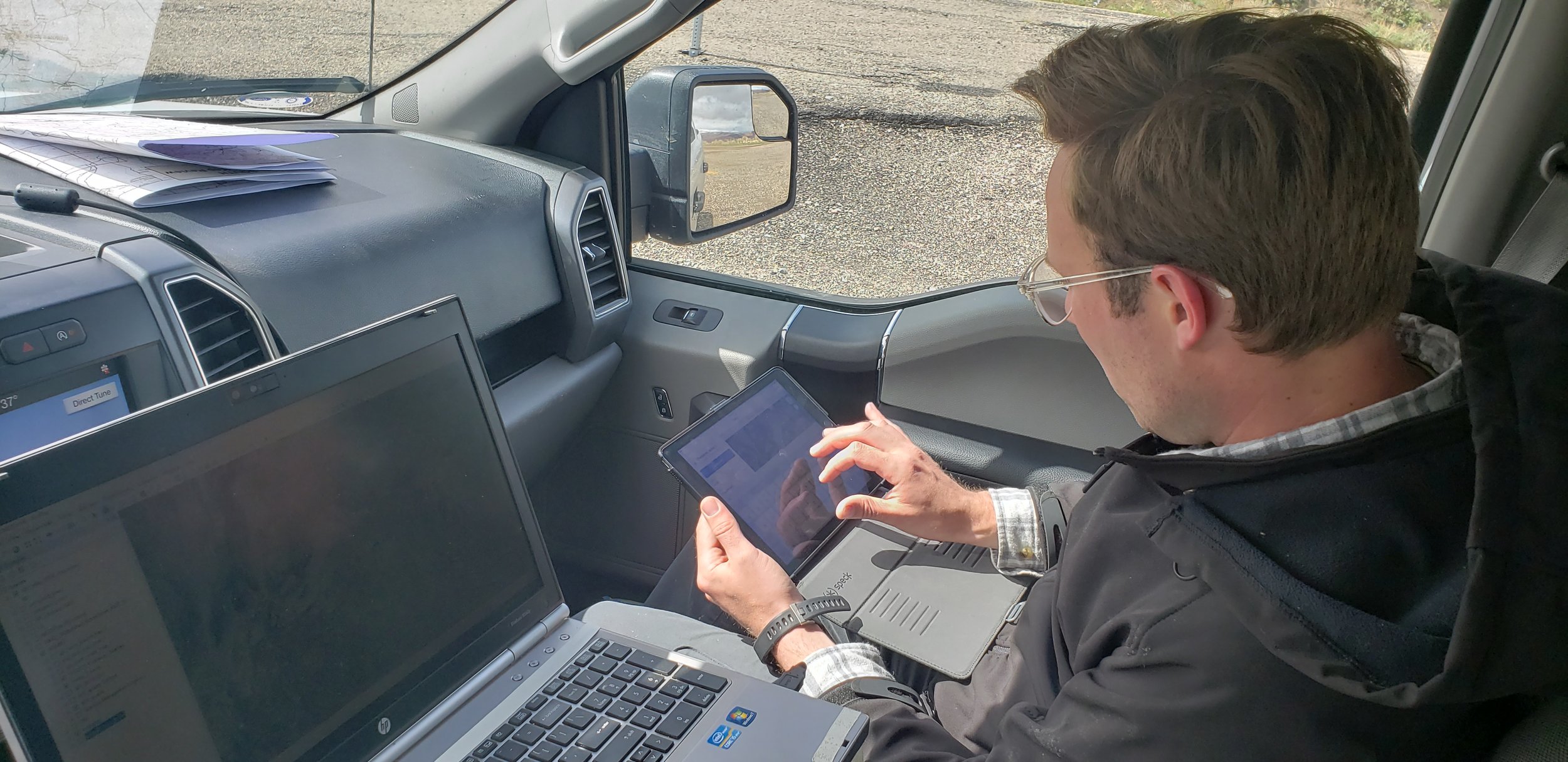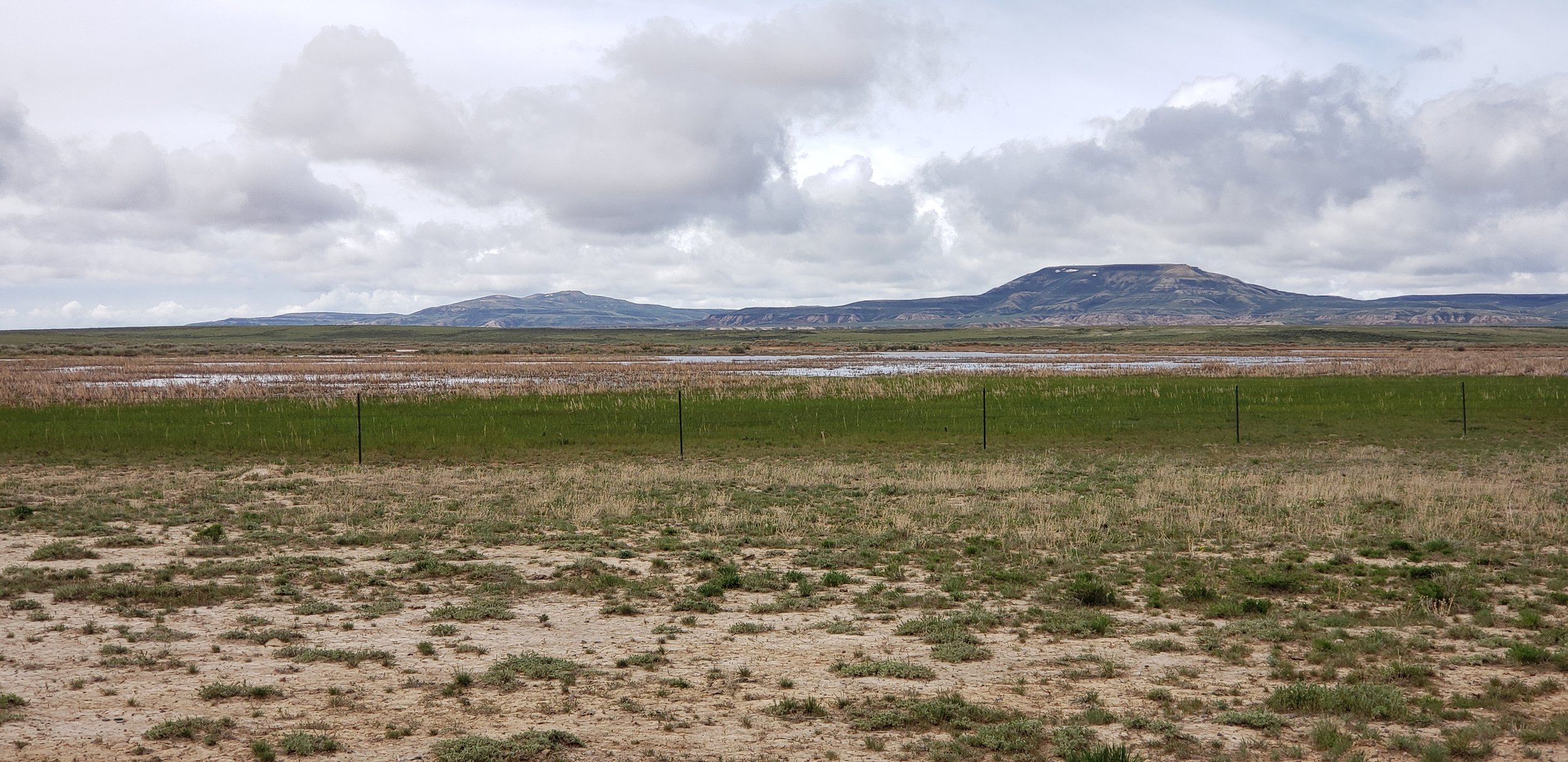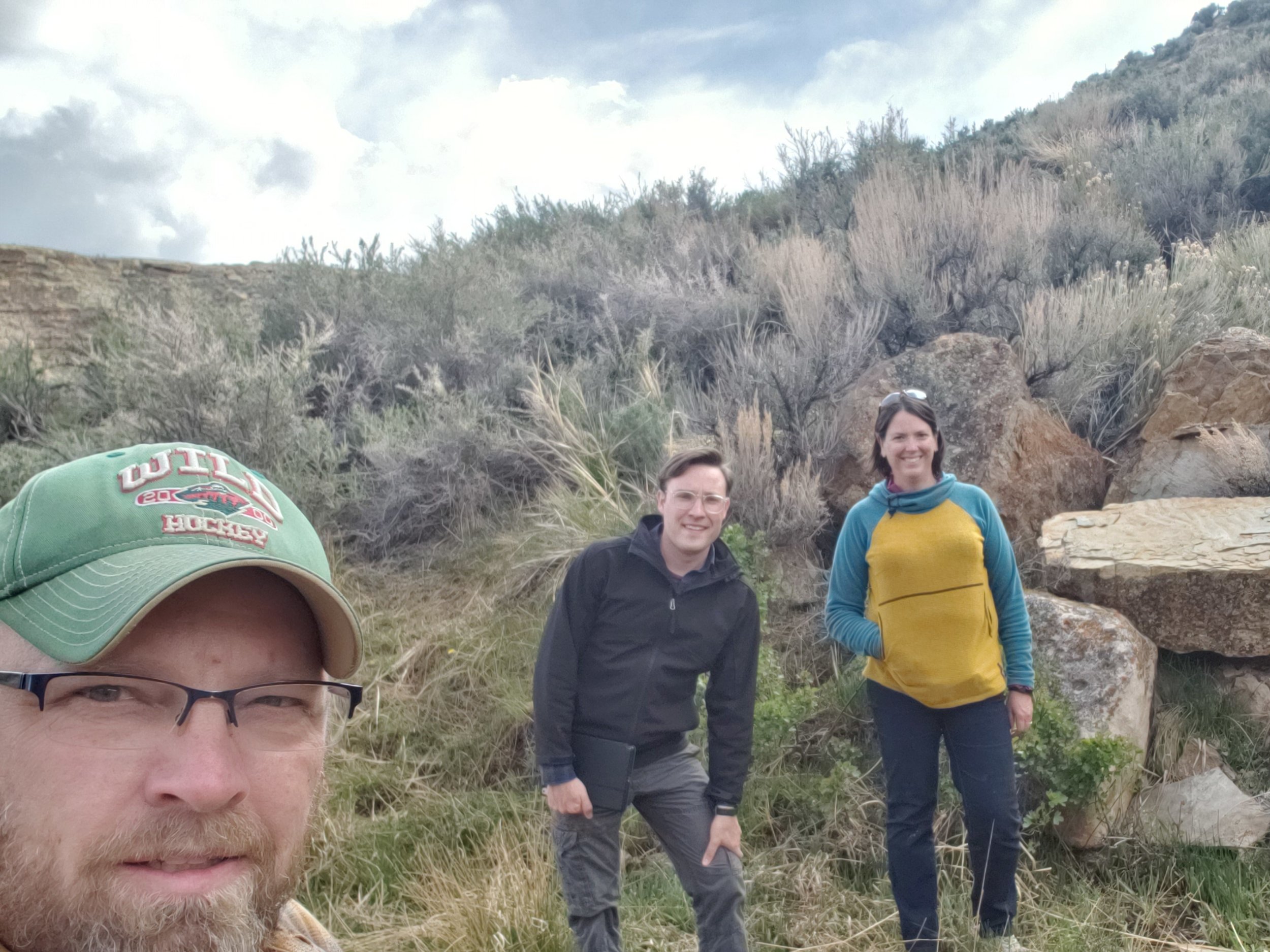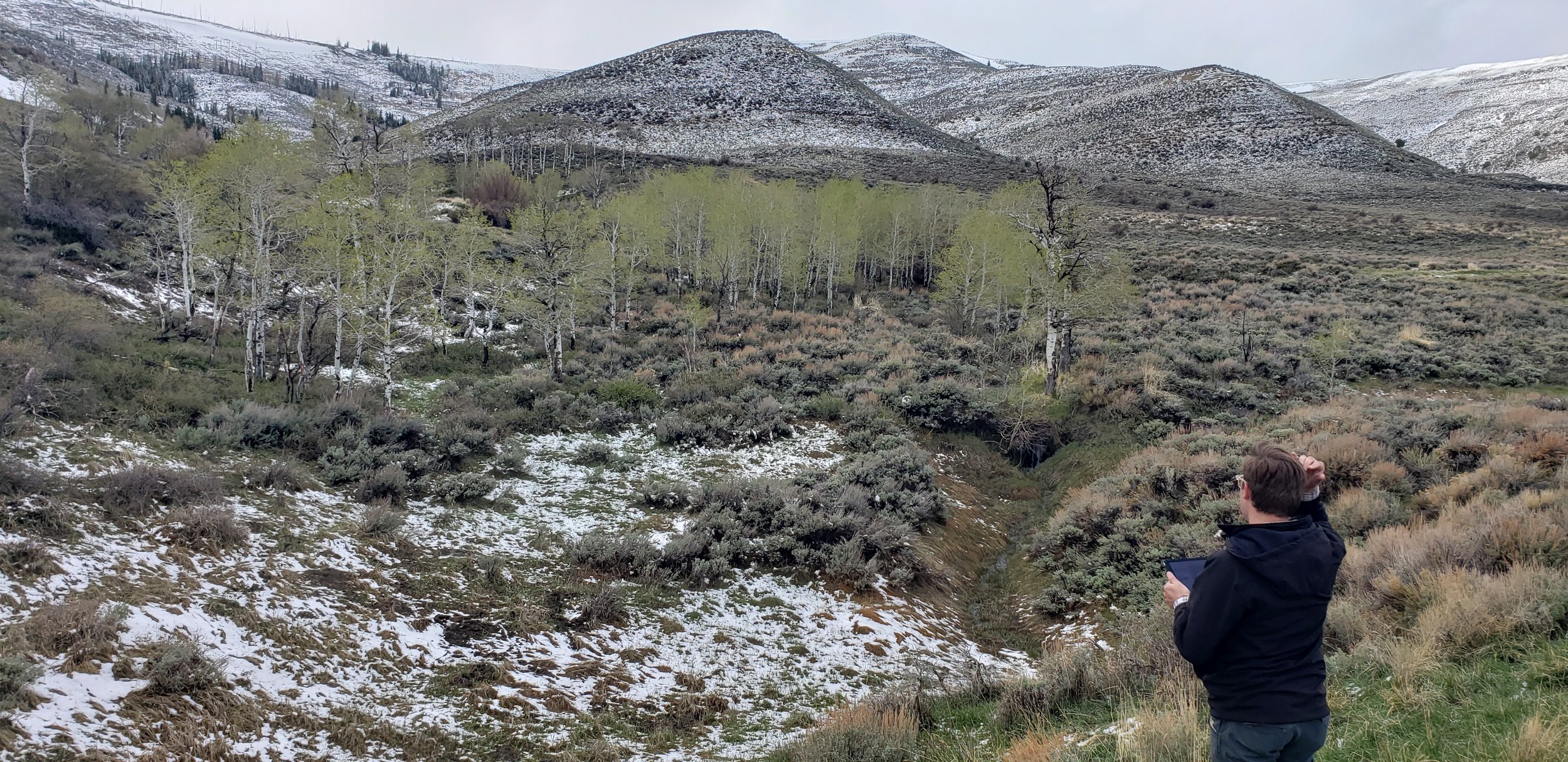
NEWS
GSS Team Receives Employee Recognition Award
In December, the Minnesota NWI Mapping Team was recognized by Saint Mary’s University for their exemplary work and contributions to the University’s educational mission. The award was presented by University President Father Burns at the University’s Christmas dinner. Staff members present to accept the award on behalf of the team were (from left to right in photo below) project leader Dave Rokus, Nick Lemcke, James Loken, Kevin Stark, Jeff Knopf, and Kathy Allen. Congratulations team!
GSS SPOTLIGHT!
ASHLEY TANGANG
What is your education and professional background?
I am a senior pursuing a degree in Biology with a Chemistry minor. I am a 2nd year resident assistant and currently the RA in La Salle Hall. I am also a GSS student intern since April 2019. I plan on going to graduate school to earn a Master's Degree in medical dosimetry.
What led you to GIS? More specifically, how did you get to Saint Mary's University of Minnesota (SMUMN) in Winona?
I come from Cameroon, and I found SMU through my dad. He had a friend who went here and liked it. The university was a good choice because Winona was ranked one of the safest towns at the time of my admission. I knew about GSS from an email sent out by Career Services and I was interested in doing it as a summer job.
Explain briefly a project at GSS you've done that contributed to your overall knowledge and educational experience.
I have worked on the Wyoming wetland mapping project most of my summer and I am currently on the Idaho project. I had no prior knowledge of GIS before these projects. I have come to like it a lot. It was a lot to learn but also very interesting. I have found myself very excited mapping big polygons and reshaping them perfectly. It has also taught me how to step out of my comfort zone to learn.
How do you see GIS fitting into your future?
I know GIS goes beyond mapping wetlands. It can be used for demographic purposes, construction and how far diseases spread. I believe one day I will use my knowledge in GIS in matters of public health.
Where can we find you outside of GSS?
Outside of GSS you will probably find me in the gym every morning. I took on weightlifting a year ago and it has become my favorite hobby. You will also probably find me in the library a lot. I am a science major and it comes with a lot of homework. One thing I like doing is traveling. I travel about 2-3 times a semester so you'll probably catch me around airports.
GSS Receives Commendation
GeoSpatial Services at Saint Mary’s University was one of five partner organizations to receive a Minnesota Governor's Geospatial Commendation award for their work on the recent statewide NWI update project. These awards are given for activities that “exemplify a commitment to coordinated, affordable, reliable and effective use of GIS to improve services within Minnesota.” The updated NWI data will be used across all levels of government, as well as by private industry and non‐profit organizations, as an aid in wetland regulation and management, land use and conservation planning, environmental impact assessment, and natural resource inventories. With over two million polygons in the new dataset, it is one of the largest GIS datasets for Minnesota. Project partners also acknowledged in the commendation include the Minnesota DNR, Minnesota Environment and Natural Resources Trust Fund, the University of Minnesota, and Ducks Unlimited. More information on the project and a full list of SMUMN staff and students involved can be found in the award nomination papers.
Representatives of the project team accepting the award at the GIS/LIS Conference in St. Cloud. GSS representatives were unable to attend.
GSS SPOTLIGHT!
MADDIE BOLLIG
What is your education and professional background?
I am a senior Environmental Biology major with a Zoology minor. I worked as a student worker at Saint Mary’s University of MN Campus Safety for 3 years and as a Camp Counselor/Crew Leader at the Crex Meadows Youth Conservation Camp in Grantsburg, WI for two summers. Currently, I am the Greenhouse Manager for the university and I have been a GSS Student Intern since December 2018. After Saint Mary’s, I plan on going to graduate school to earn my Master’s degree in Conservation or Natural Resources.
What led you to GIS? More specifically, how did you get to Saint Mary's University of Minnesota (SMUMN) in Winona?
Saint Mary’s University has always been a part of my family. I have been visiting SMU for 16 years and this place is like a second home for me. My oldest sister graduated from here in 2007 and my third oldest sister graduated from here in 2015. When it was time for me to choose my school, this university was perfect because I was looking for a small school and the surrounding environment is perfect for my major. I have always known that I would be an Environmental Major, as well. The environment has always been a big part of my life and who I am.
Explain briefly a project at GSS you've done that contributed to your overall knowledge and educational experience.
I have worked on the GSS BLM Wyoming Project for most of my time at GSS. The experience I have gained on this project has benefited me immensely. Currently, I use this experience to assist me with my senior thesis. I am looking at the relationship between needle grass, a native species, and spotted knapweed, an invasive species, in the Crex Meadows State Wildlife Area. In this project I have used my experience gained at GSS to map the locations of these species and have used the tools I have learned to analyze these species’ relationships with each other and their surrounding environments. I am hoping this work will give the scientific community more insight on the impacts of invasive species. It would not have been possible without my experiences at GSS.
How do you see GIS fitting into your future?
I see GIS fitting into many aspects in my future. In the technology age, many organizations in environmental science use GIS in their research and management plans. They use it so frequently that they are now requiring new hires to have this experience. I have a feeling I will be using my acquired skills from this position frequently.
Where can we find you outside of GSS?
Outside of GSS I am involved in many things. On top of my education and work, I am involved in Cross Country, Indoor/Outdoor Track and Field, and Concert Choir. I also play piano and guitar on the side. I usually stay very busy! So the answer to this question is running on a trail somewhere or at Yons.
GSS SPOTLIGHT!
SHAUNA FRAHM
What is your education and professional background?
Before starting at Saint Mary’s, I took a few community college general education classes. This allowed me to jump right into the core curriculum of my original intended major- music industry. Not wishing to be a starving artist, I switched to a management major with a music minor. Now that I’ve completed my bachelor’s degree, I still don’t really know what I want to do with myself- so I decided to jump into a new degree! Currently, I have completed half of my MBA/Project Management Specialization courses.
What led you to GIS? More specifically, how did you get to Saint Mary's University of Minnesota (SMUMN) in Winona?
I grew up in Dodge, Wisconsin, Just “over the river and through the woods” to Saint Mary’s University, so the school had always been in the back of my mind. Attending was a bit of a last minute decision- I finished high school a year early and hadn’t applied to anywhere until May of high school graduation. SMU accepted my application, and with just over a month remaining until classes started, I enrolled. It wasn’t until my senior year at Saint Mary’s that I heard about GSS through an email- some company was looking for student workers. It was no “ah-ha!” moment for me, more like a “why not give it a try?” I had briefly learned about geographic information systems as they relate to business functions- so my curiosity got the better of me and I sent in an application. I guess the rest is history.
Explain briefly a project at GSS you've done that contributed to your overall knowledge and educational experience.
The main project I have been working on is the Wyoming Bureau of Land Management contract. With no real experience prior to this, it was a lot of information to take on. Then when my higher-ups approached me and asked if I wanted to help lead a team of summer workers, I said yes. The biggest learning factor for me was going from being the person asking all the questions to being the person who is supposed to answer the questions. When people are depending on you for answers, you learn the answers a lot faster… or in my case, get a lot better at asking others for help. It’s been a great experience learning something totally new.
How do you see GIS fitting into your future?
GIS is a very powerful project management tool. Beyond just a topographical application, GIS can be used to scope out essential criteria for business strategic locations. Finding the right area based on demographic information such as income, education, population, proximity to resource suppliers, and so many other criteria can be achieved in a timely manner using GIS tools. Hopefully one day I can be the person with the knowledge and authority to make such business decisions.
Where can we find you outside of GSS?
Outside of GSS or the quiet study areas used for homework completion, there’s no safe bet where you will find me. I'm rather spontaneous and enjoy making crazy last minute plans. I like to try/do a bit of everything. I do enjoy traveling, hiking, gardening, hunting, skating, and rocking out to 5FDP or A7X in my car. Besides for the last of that list, I’m pretty much trying or doing something new every weekend. Ever been skydiving? Me neither, but that’s next on the list!
BLM Field Work Rolls On
The BLM wetland mapping project and its fieldwork continued in July with GSS Staff members Kevin Stark and Eric Lindquist traveling to interior Alaska. This portion of the project covers around 6,000 square miles north of Tok, Alaska along the Canadian border to Eagle and west to nearly Delta Junction. The area primarily administered by the BLM is known to be vast, rugged and free of human development. A wide variety of wildlife was present and observed throughout the project area. The location is crisscrossed by many rivers and mountains with only one significant road, the Taylor Highway, bisecting the project area.
Alaska contains approximately 65% of the nation’s wetlands. In the current study area, wetlands are extensive and have not been mapped previously. This multi-part project will create data for use in further analyses, and provide others with data to track changes and plan as climate and resource extraction continue to be challenges in Alaska.
Eric and Kevin worked the area utilizing helicopter services out of Tok to familiarize themselves with the landscape and correlate satellite imagery, hydrology data, fire history data, and other collateral data with the landscape as observed from a helicopter and from select ground stops.. Vegetation, soils and hydrologic indicators of wetlands along with landscape positions were documented to inform the digital wetland mapping, a process which will be done over the next year or more. The correlation between trip observations and satellite imagery will be used to enhance the process of creating wetland data for the National Wetlands Inventory (NWI) program run by the United States Fish and Wildlife Service (USFWS). Kevin and Eric also met with USFWS staff to discuss findings and bring local knowledge and expertise to the project.
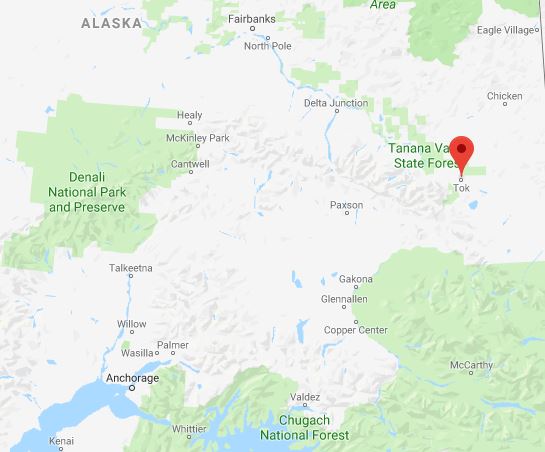

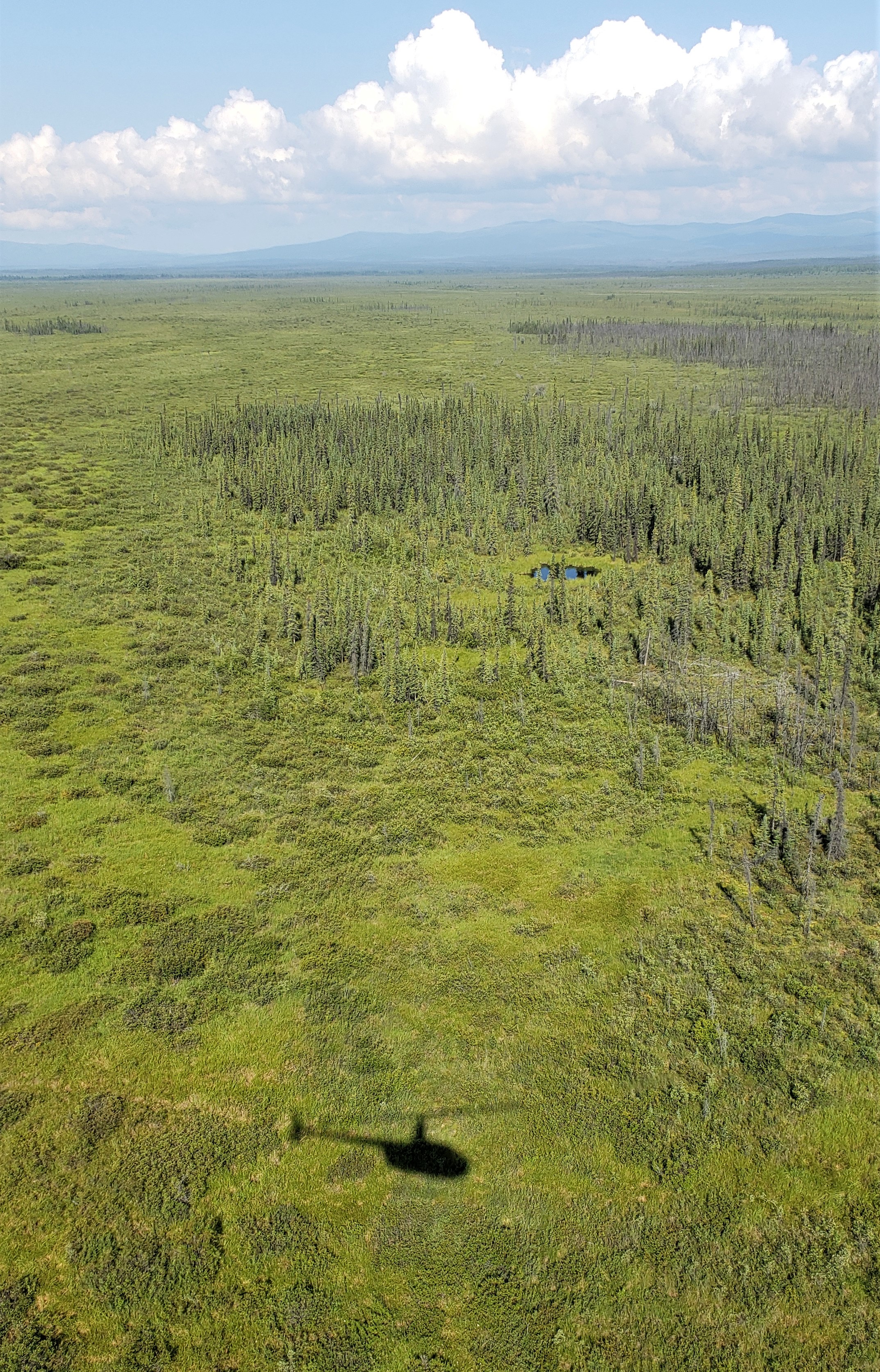
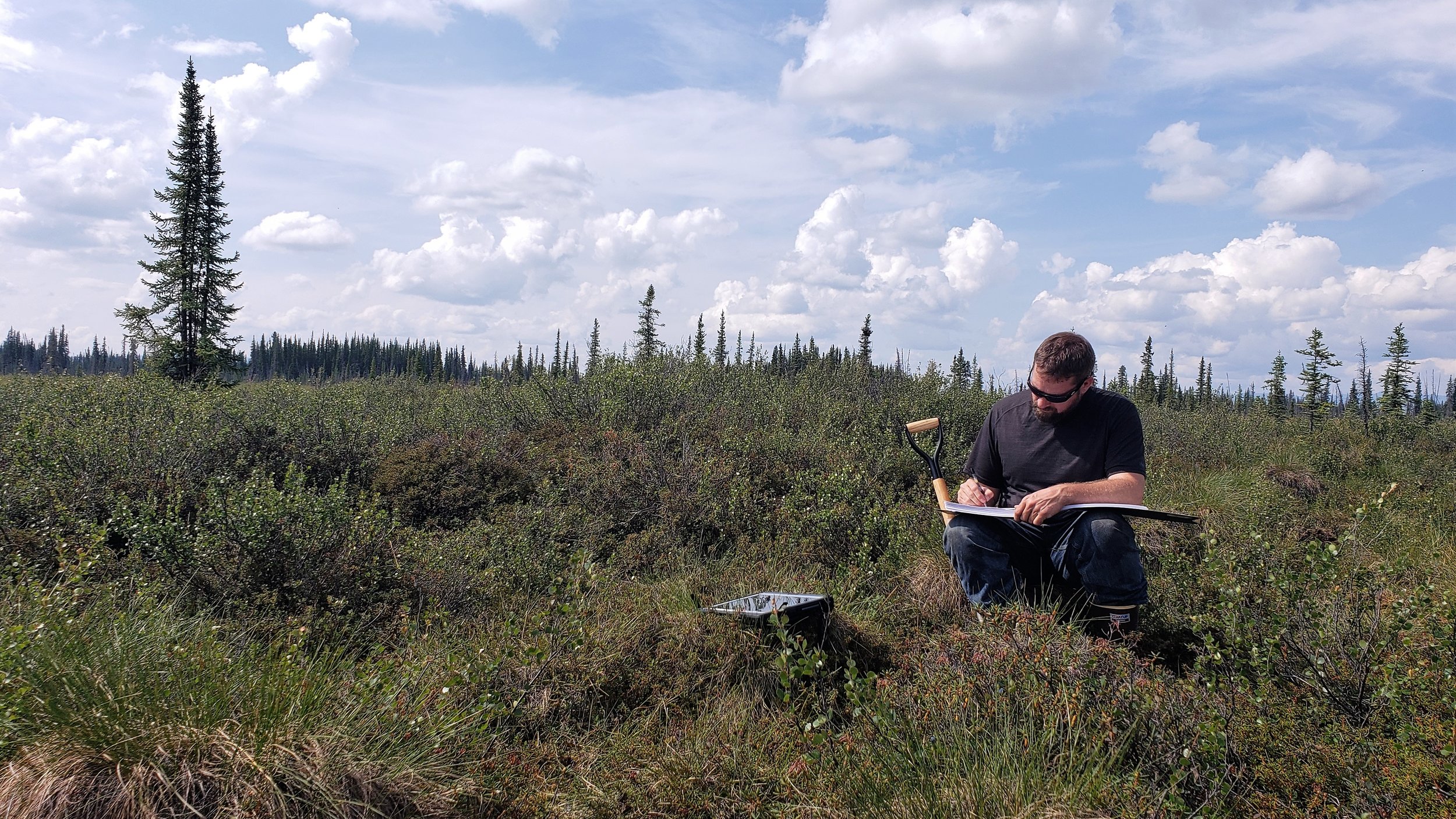
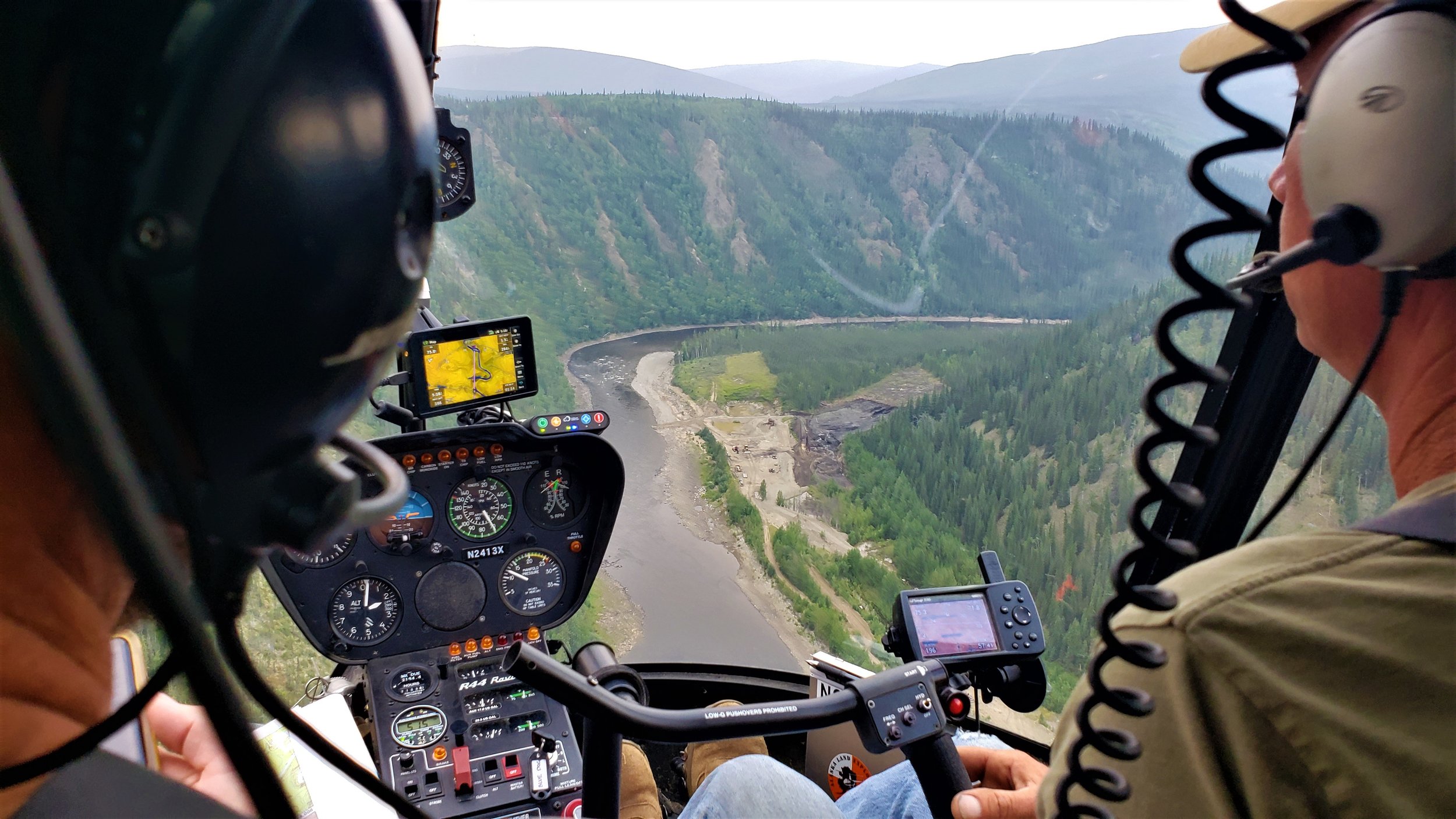

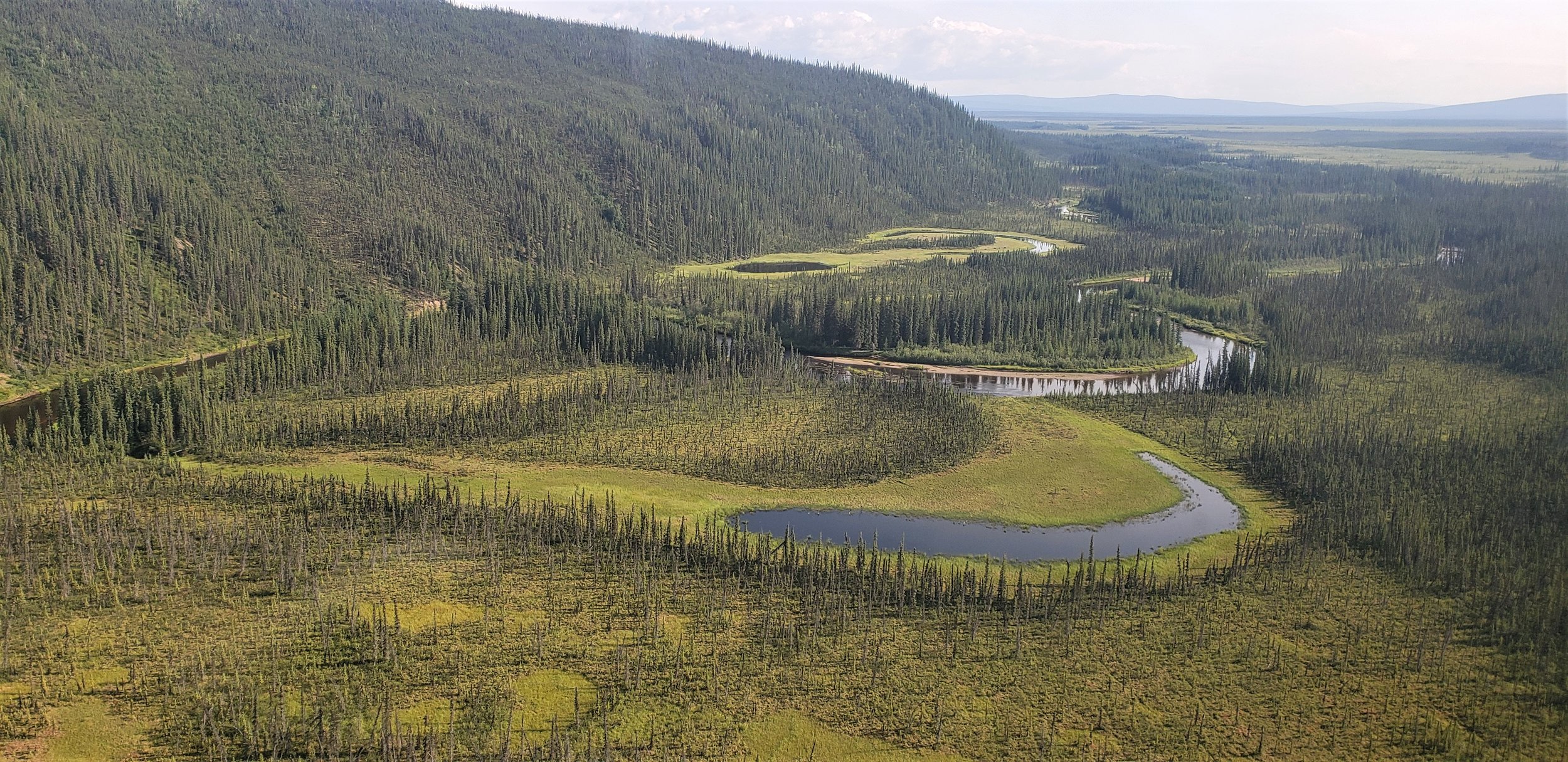
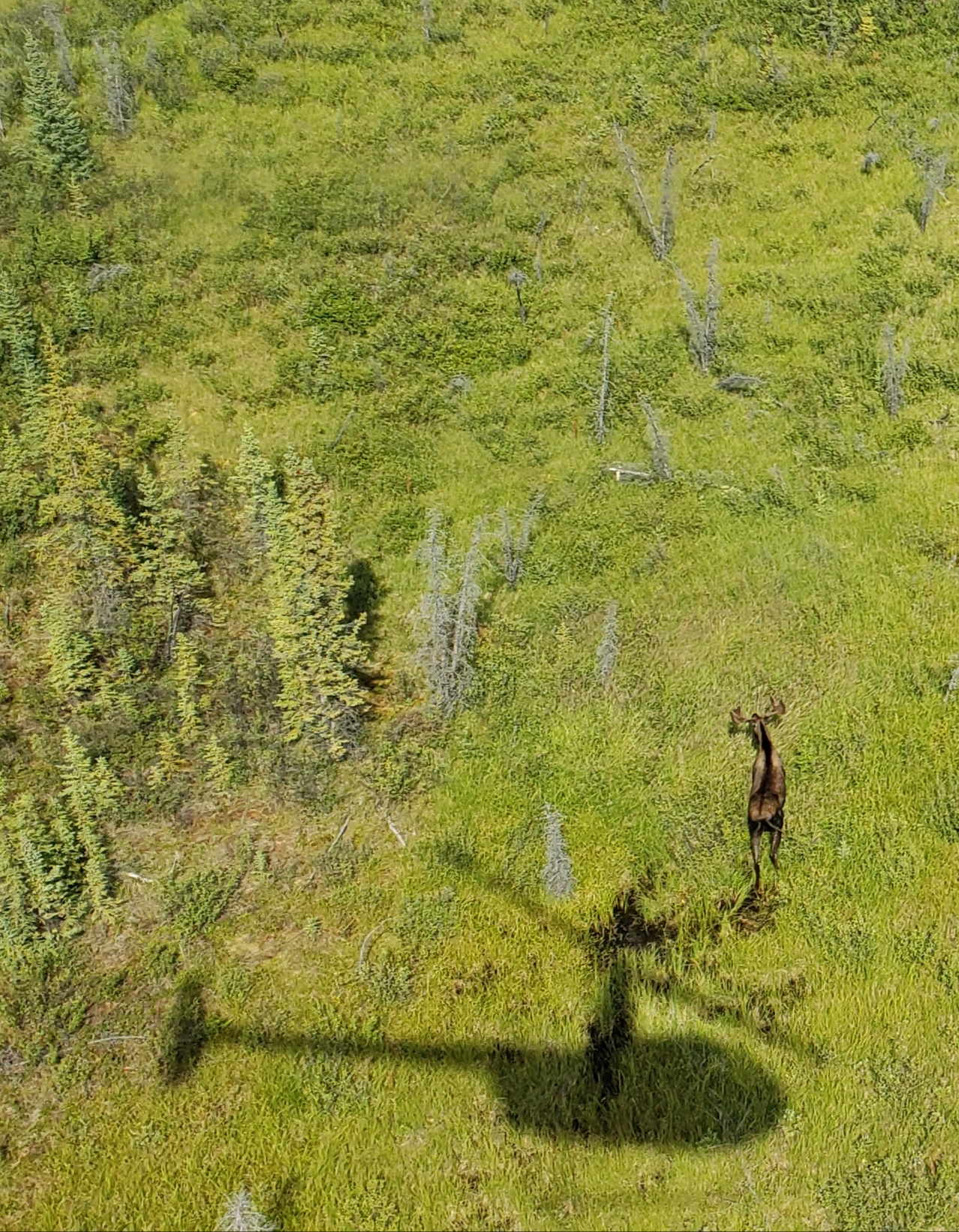
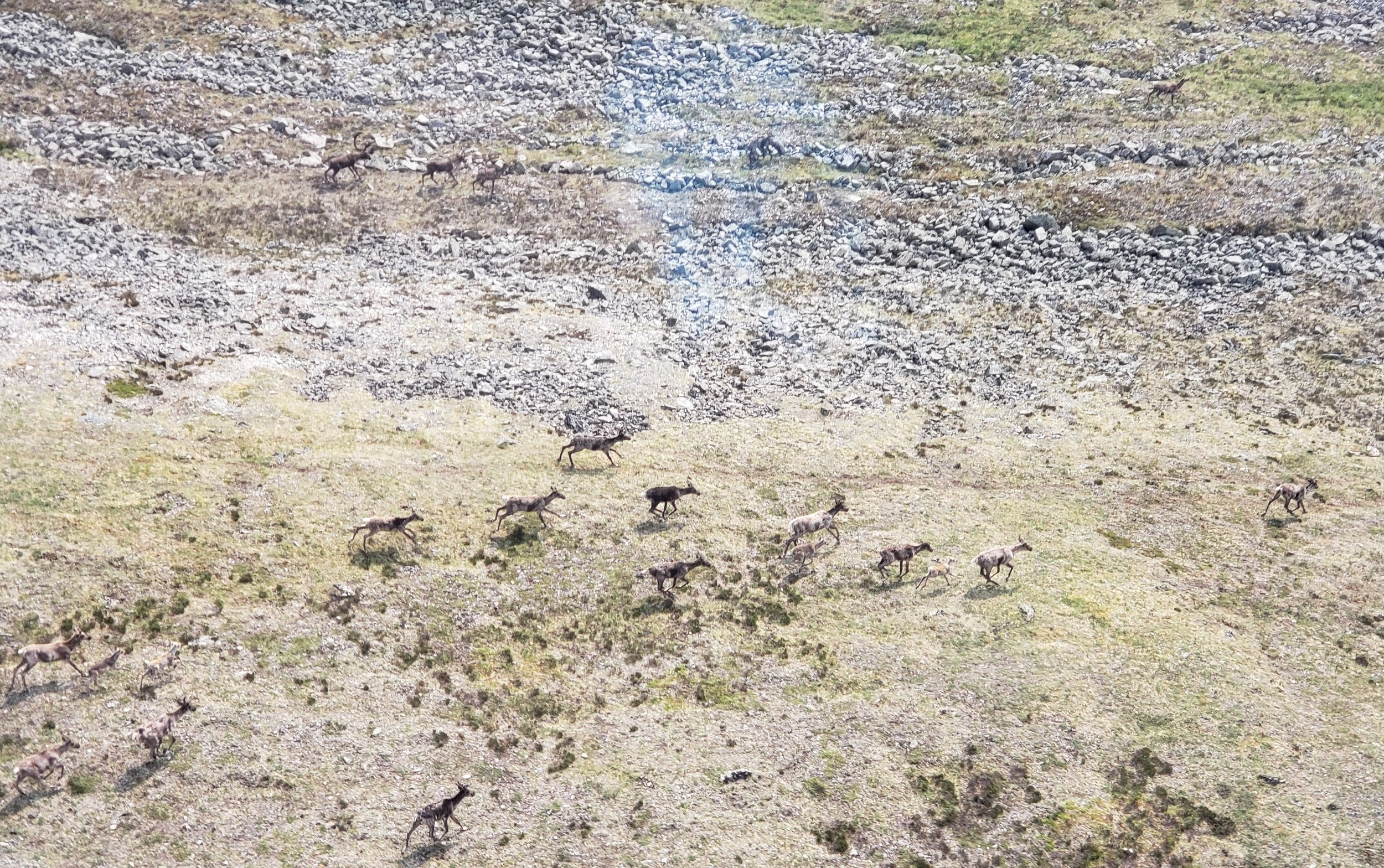

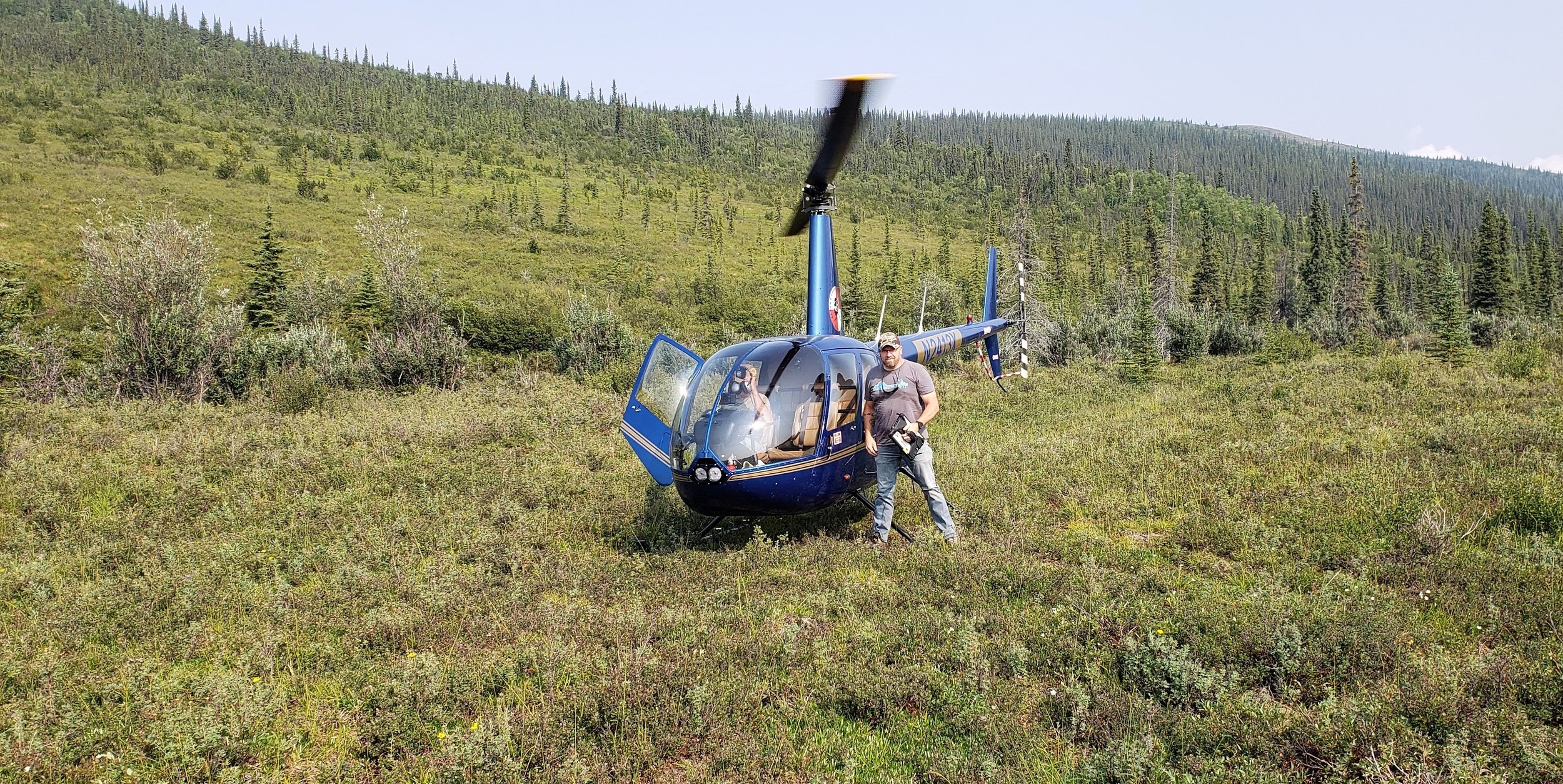

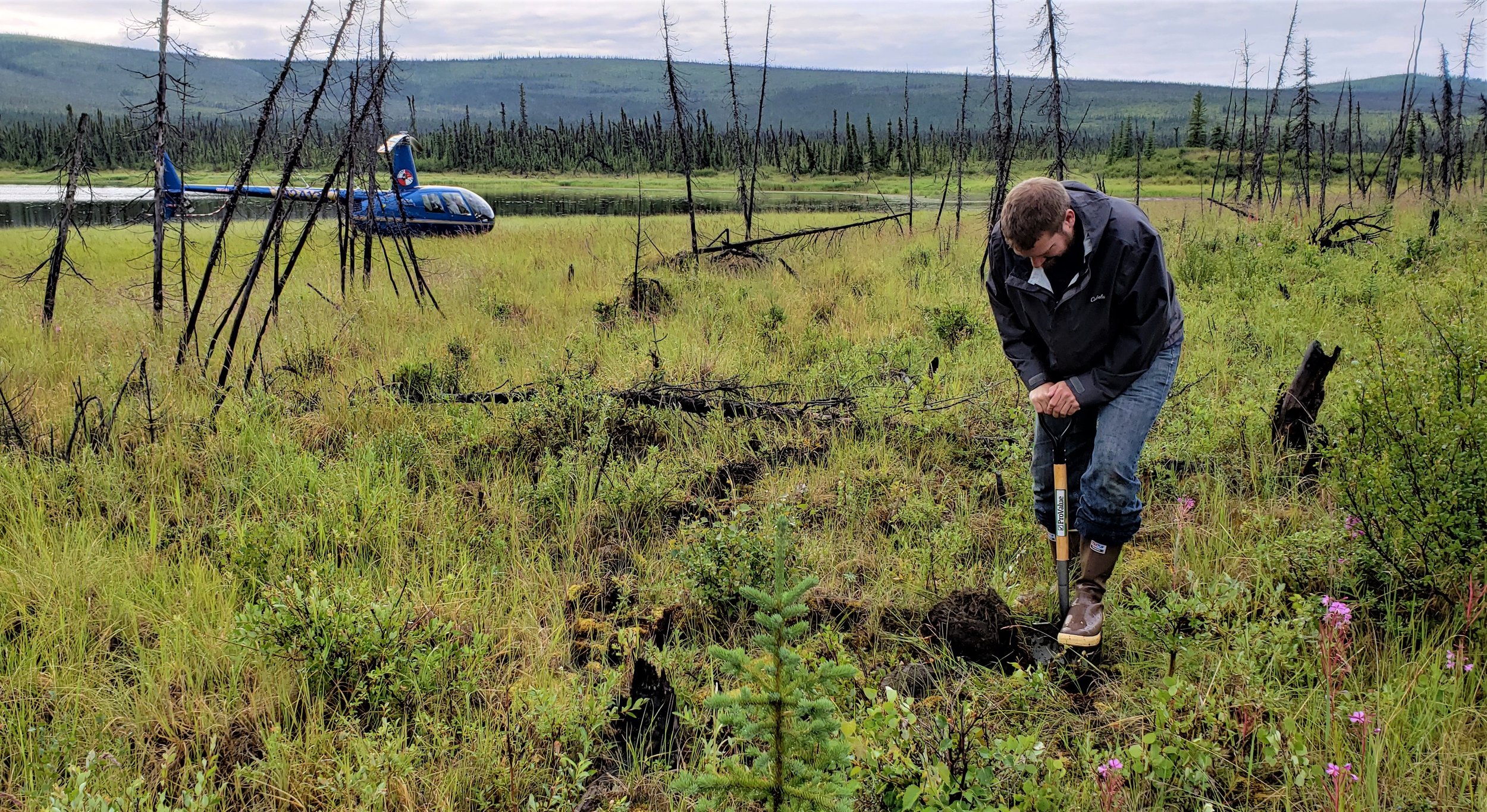

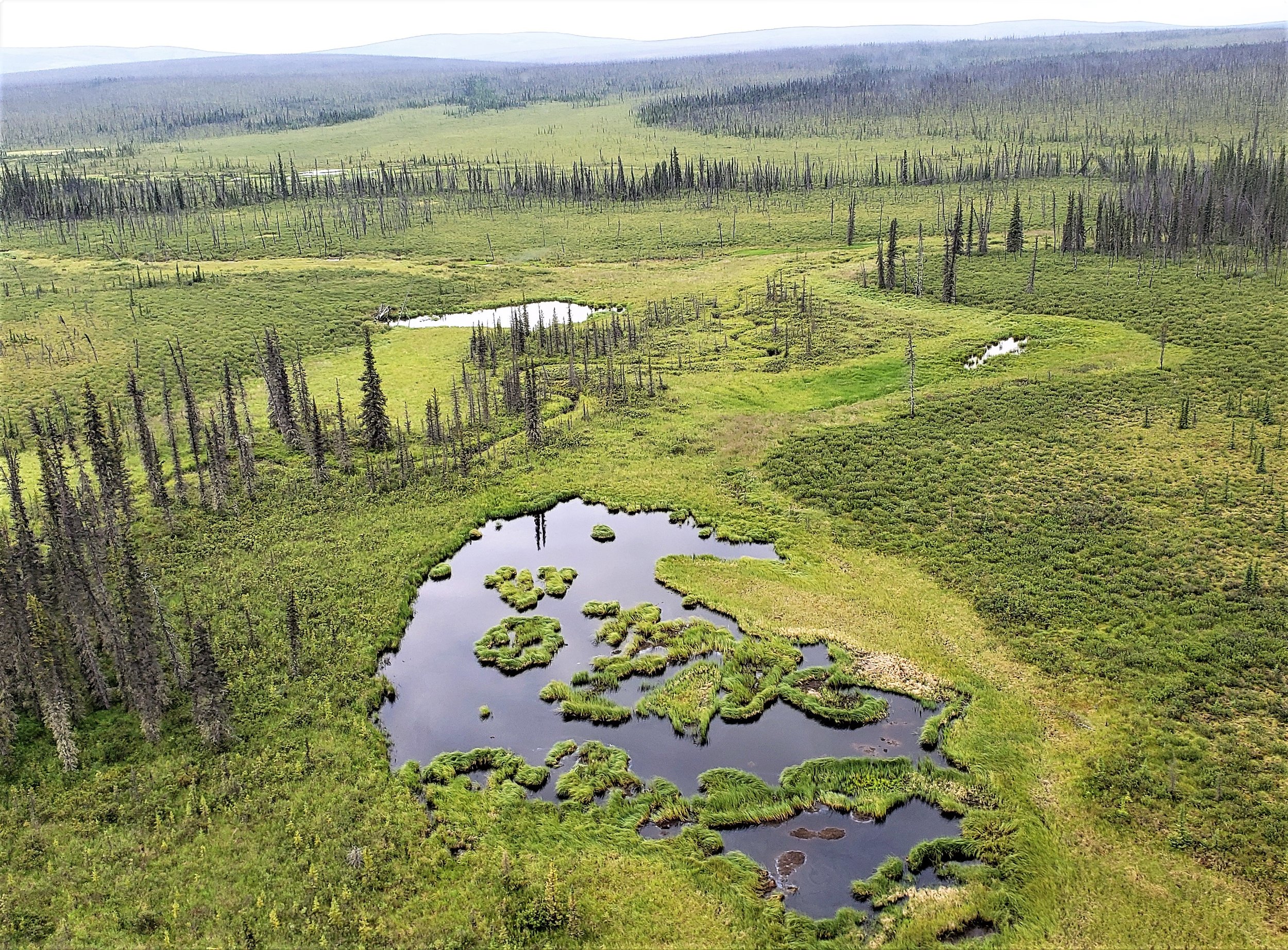


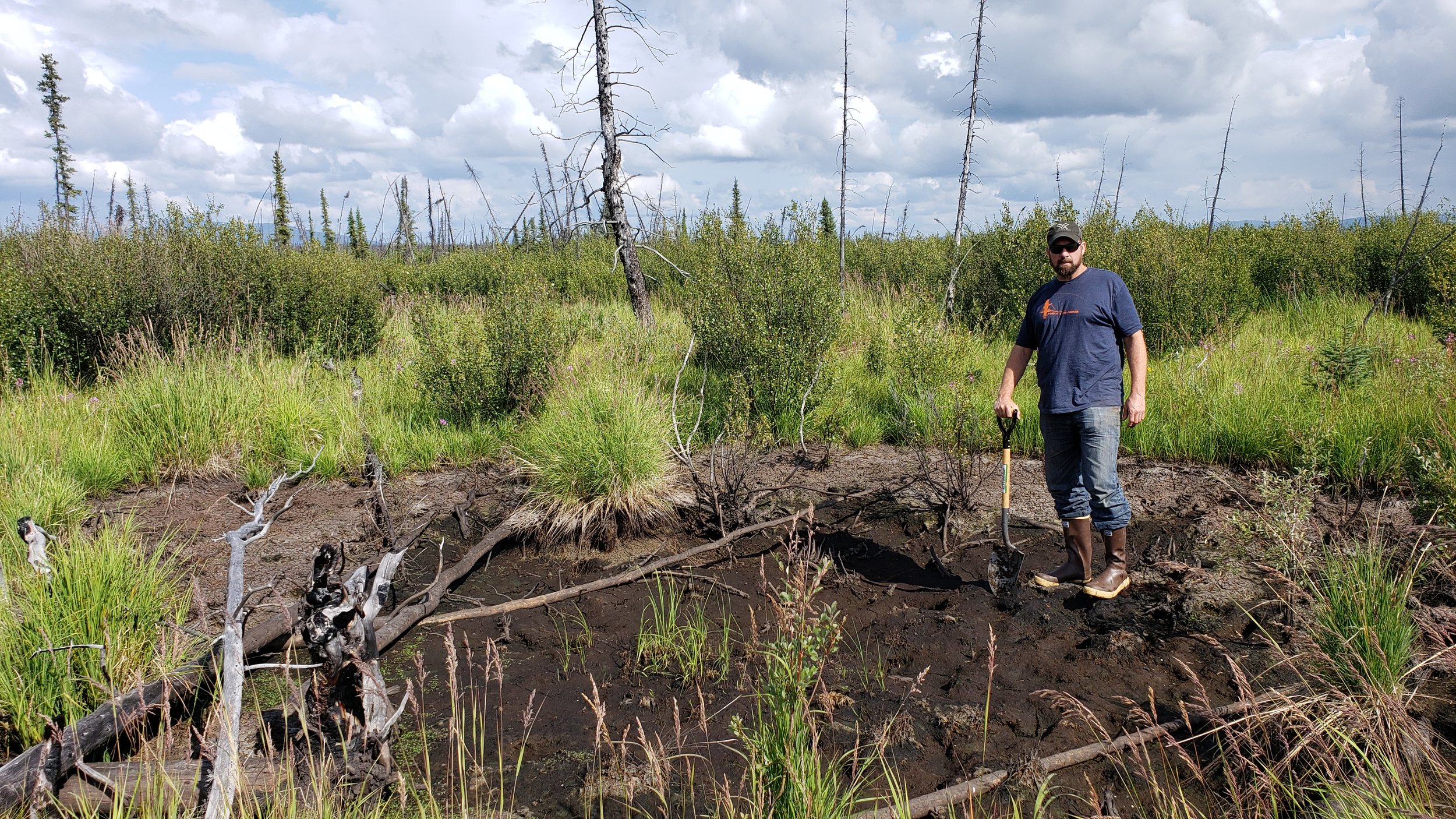

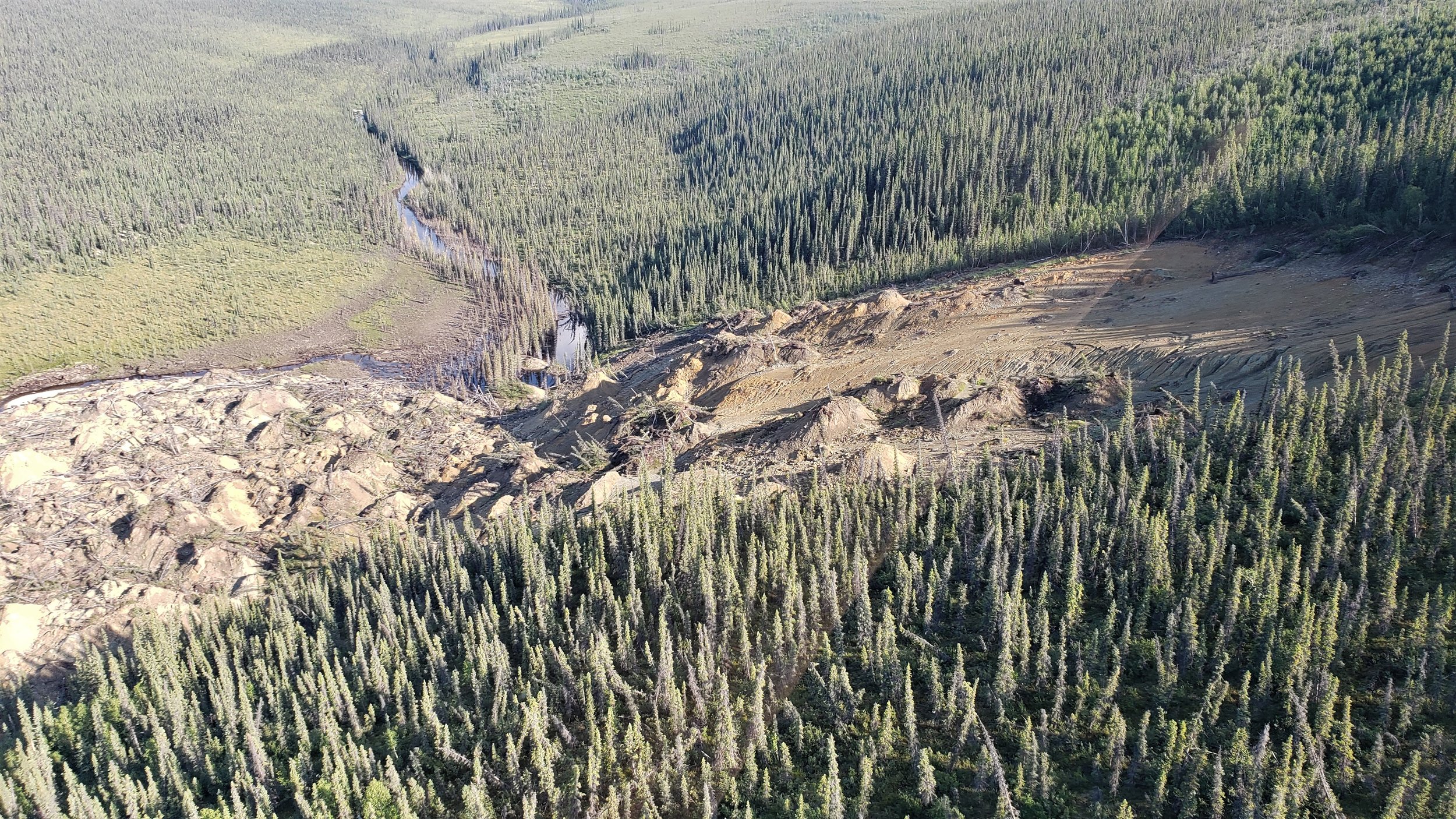
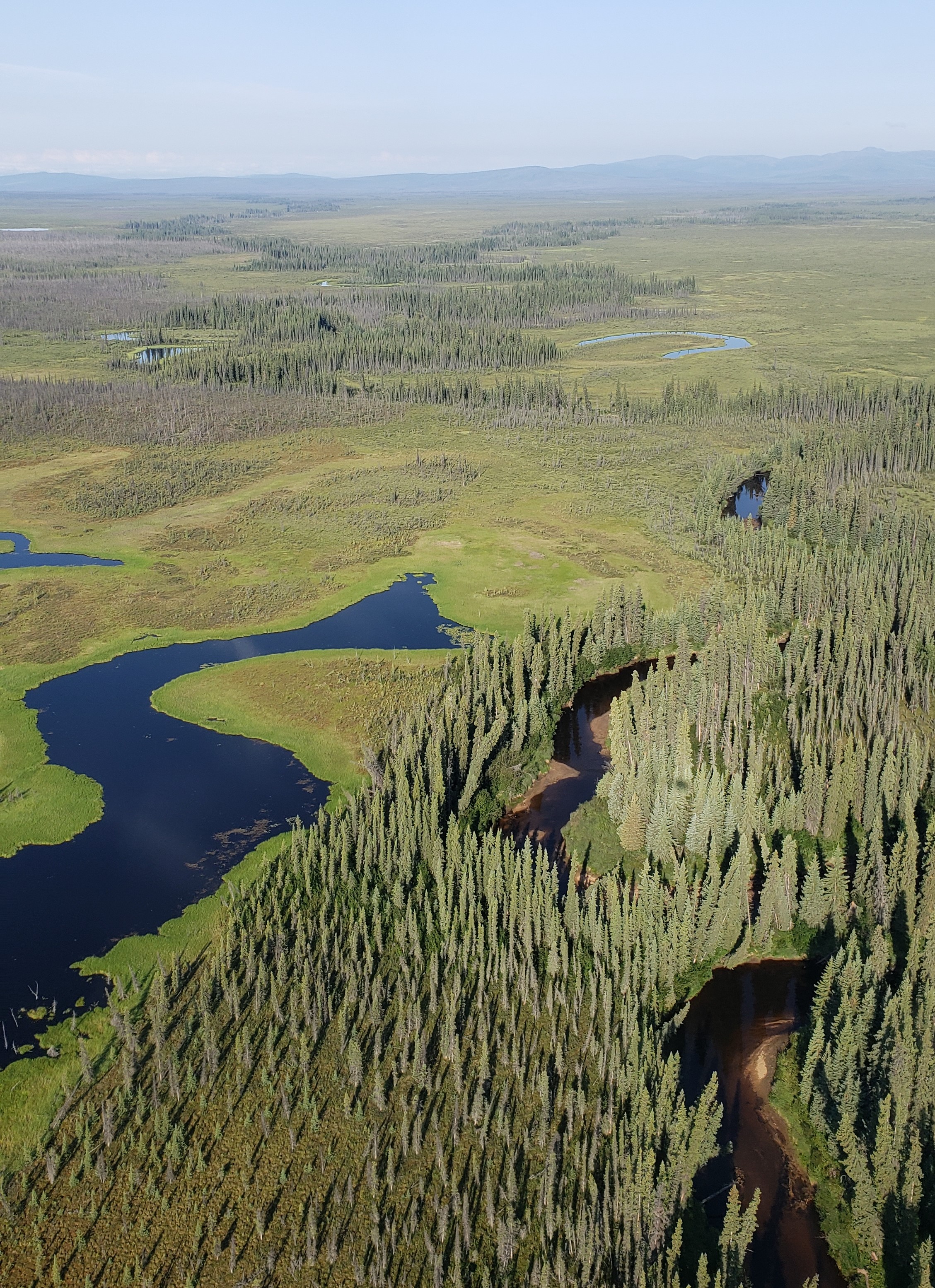
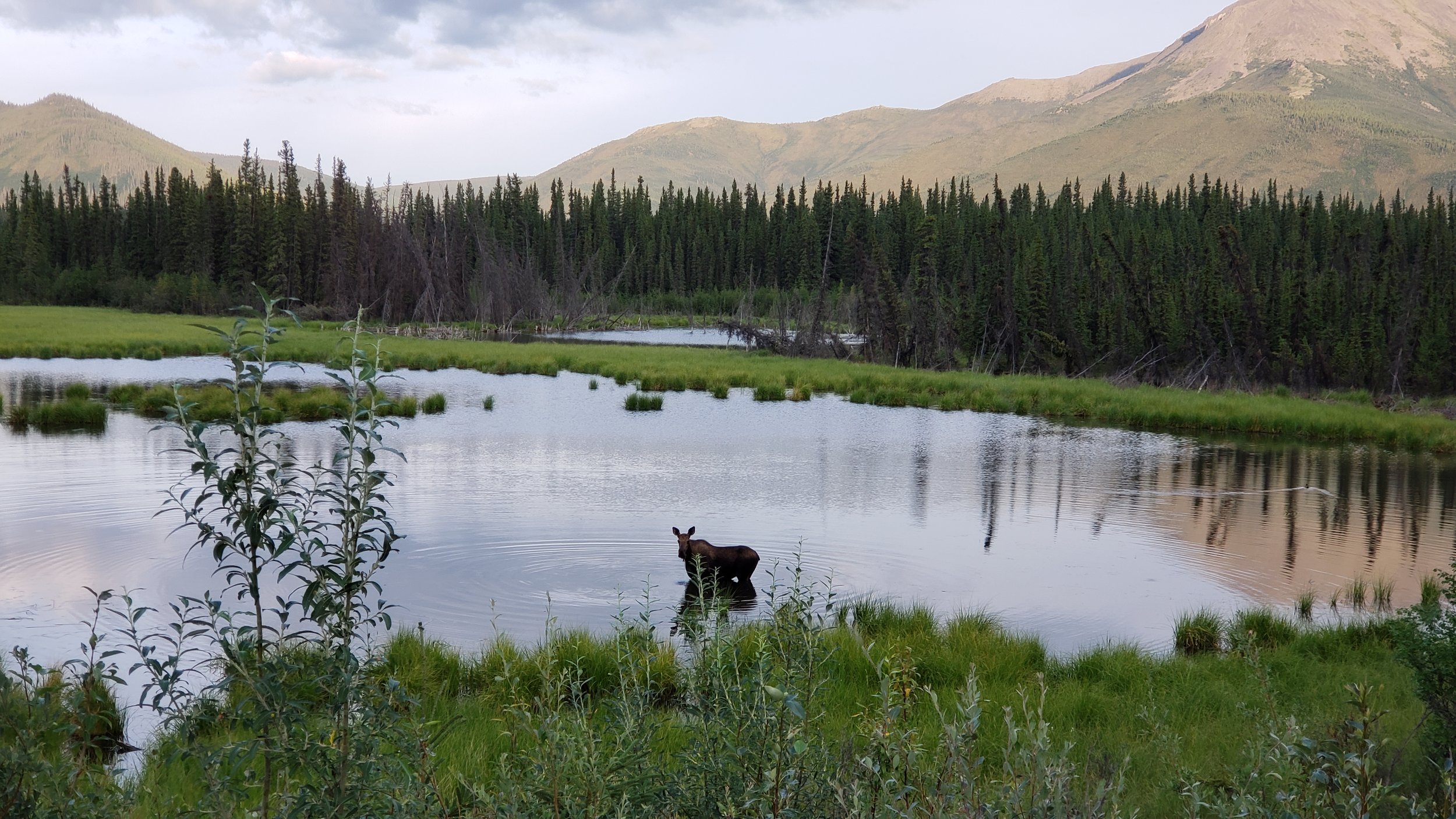
GSS Travels North of the Arctic Circle
From July 4-15, GSS staff members Andy Robertson and Jeff Knopf were in Alaska conducting fieldwork in the far north of Alaska’s Arctic National Wildlife Refuge (ANWR) as part of mapping projects for the U.S. Fish and Wildlife Service and the U.S. Geological Survey. This multi-part project involves the mapping of National Hydrography surface waters and National Wetland Inventory features that will be utilized as baseline information for environmental assessments, as this region is vulnerable to variations in landscape and habitat due to changes in climate, thermokarst activity and oil exploration.
Andy and Jeff were stationed at the Kavik River Camp, made famous in the television documentary, “Life Below Zero”. From Kavik Camp, daily fieldwork investigations were conducted by helicopter across the nearly seven million acre project area in order to gather information on vegetation, soil, saturation, permafrost and landscape dynamics. Andy and Jeff also took numerous pictures to support findings and to provide a broad depiction of hydrologic mechanisms for other staff and partners to use in mapping.
While in the field, Andy and Jeff assisted the University of Maryland’s efforts to generate an inundation model, intended to assist in the definition of wetland water regimes, by visiting several sites to validate the output of sample data provided to them by university scientists. Notes and pictures were shared with the University of Maryland to help them better design algorithms in their model needed to identify inundation.
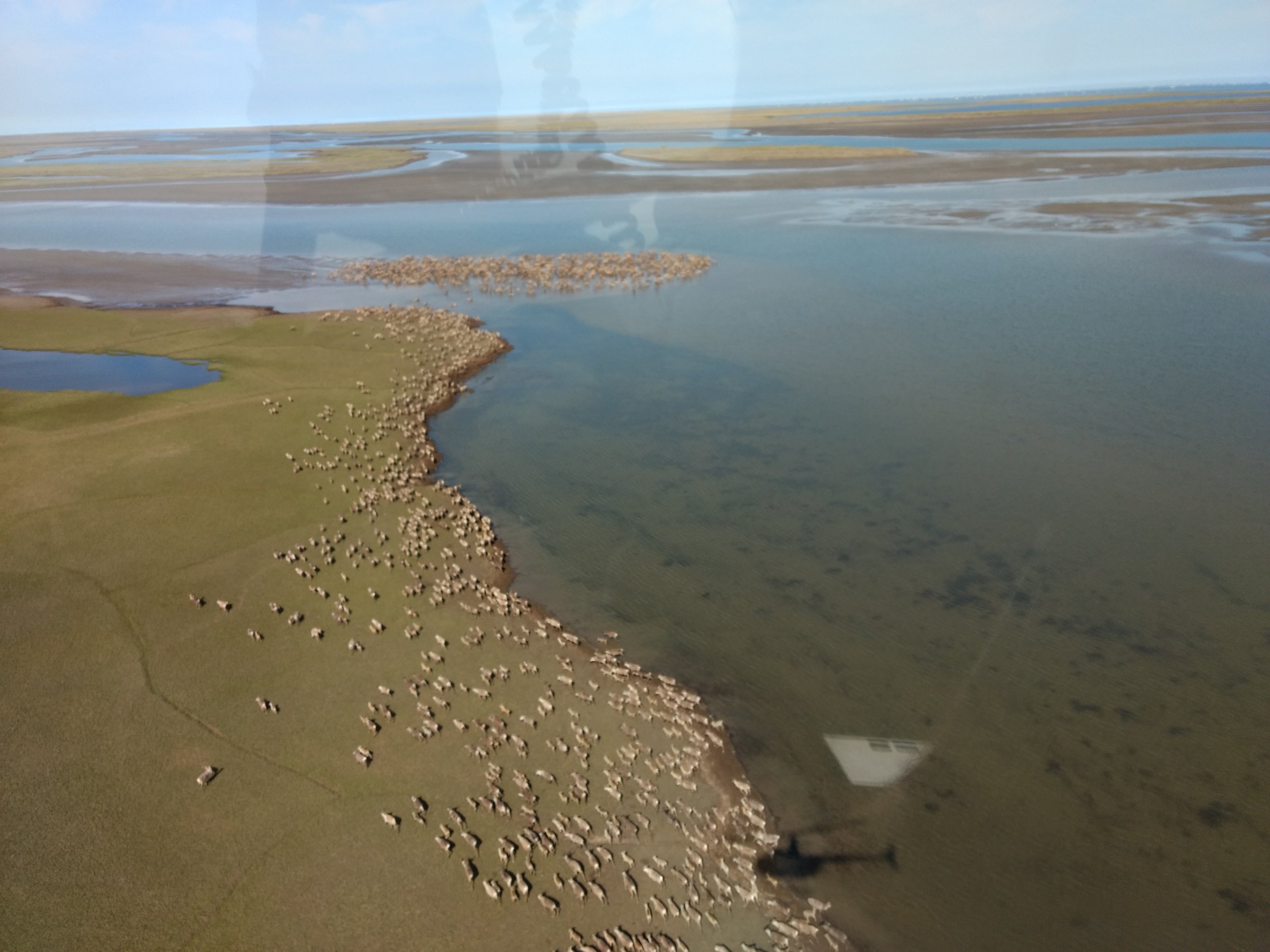

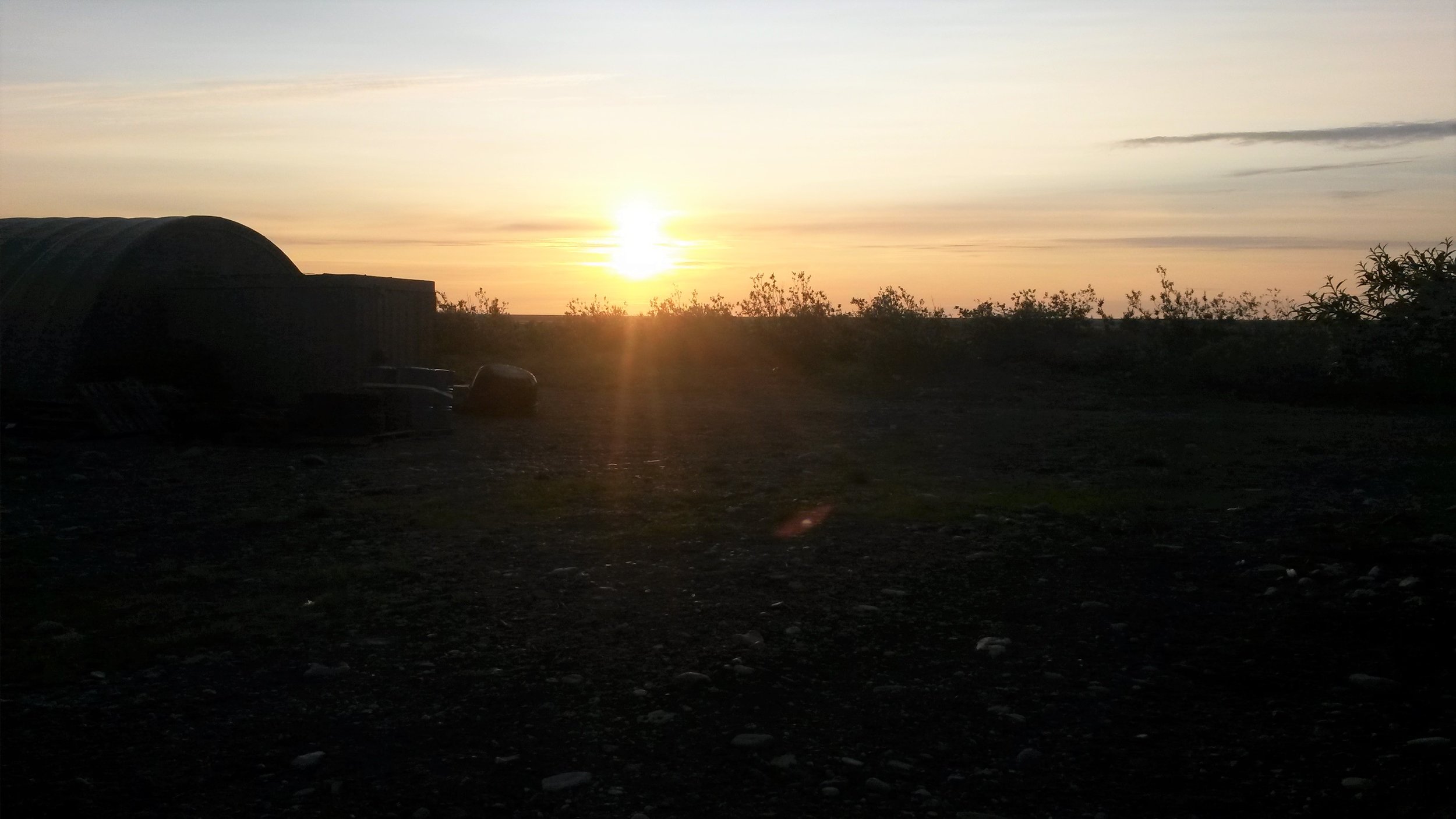
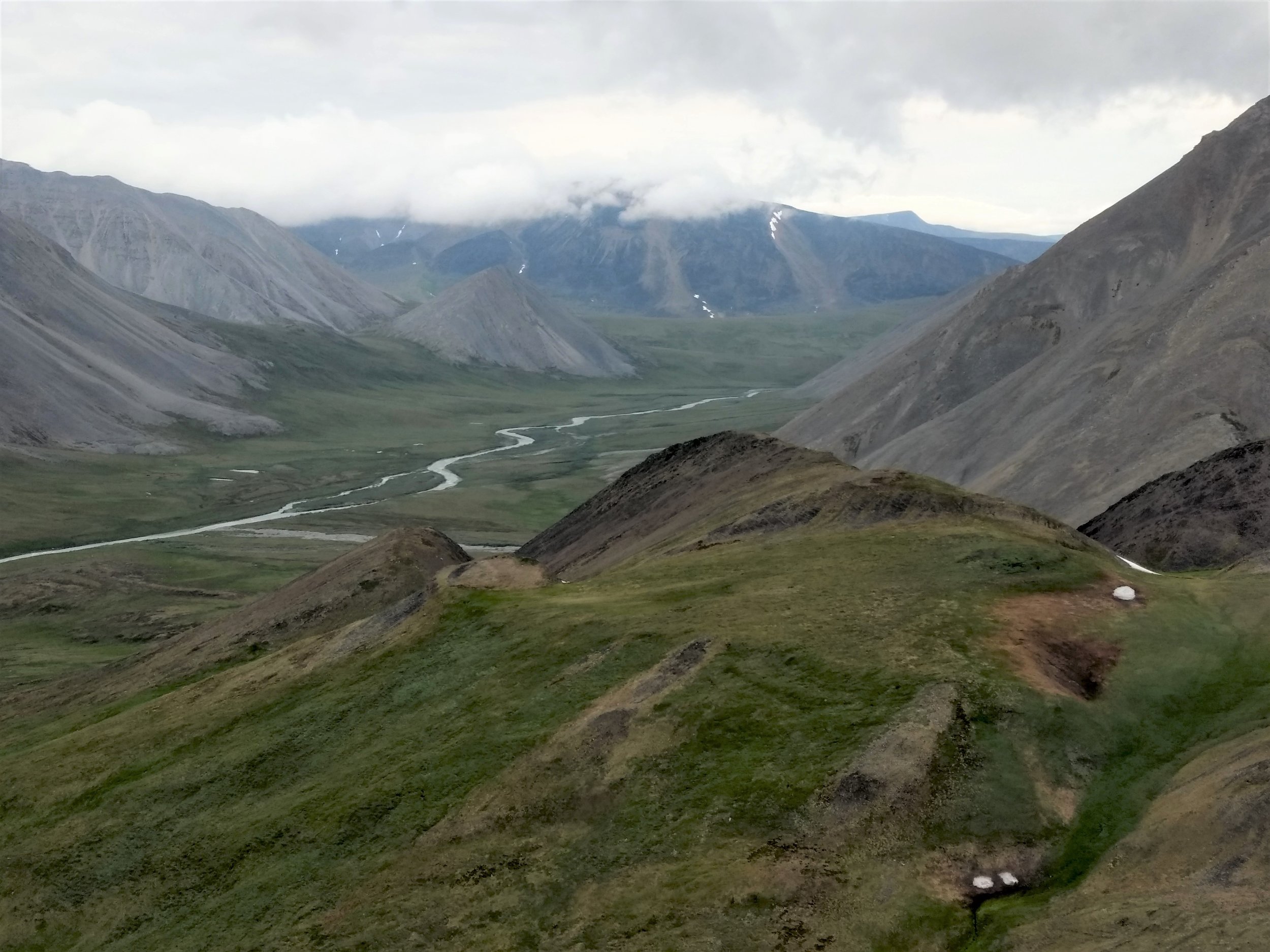
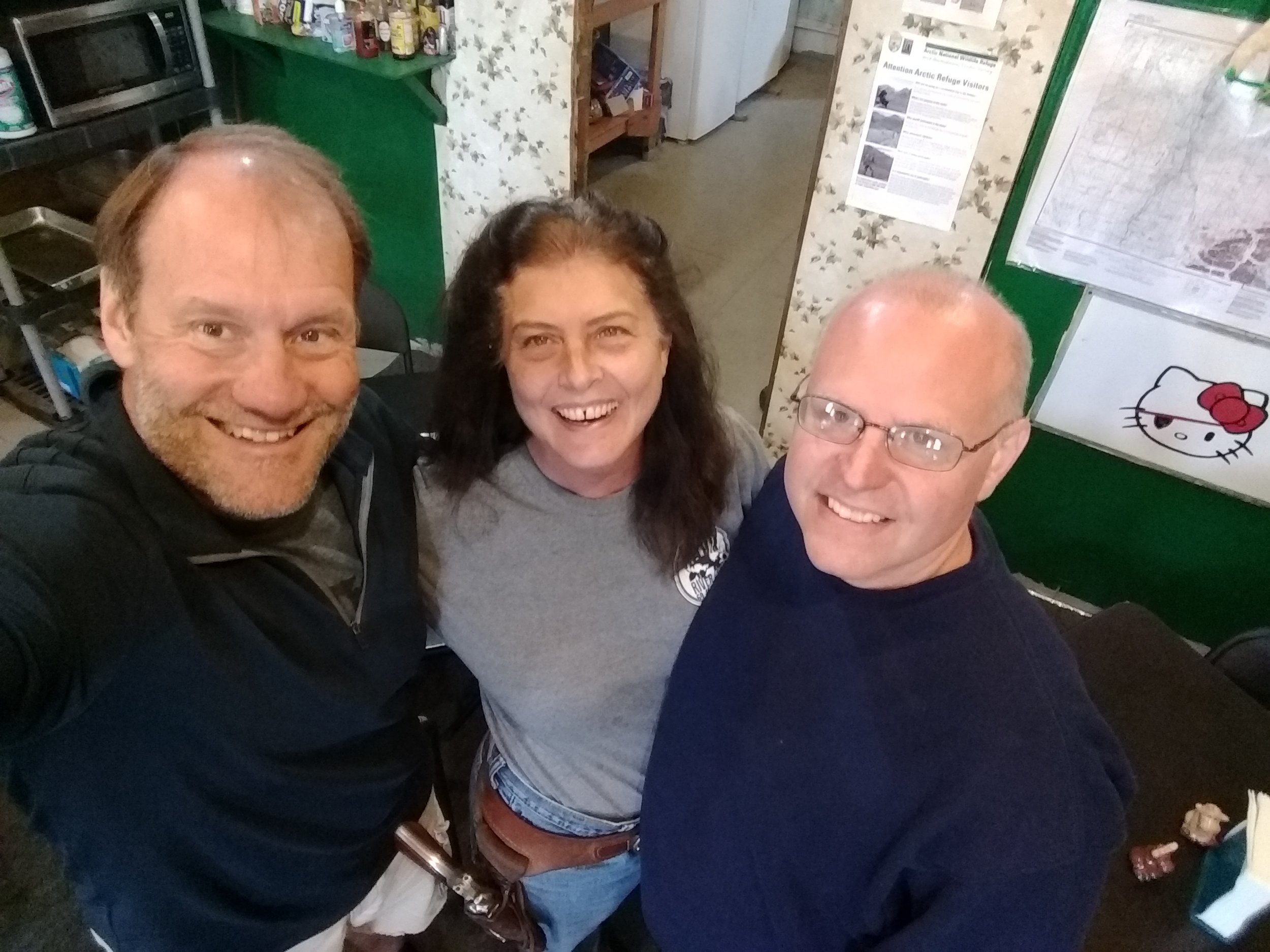
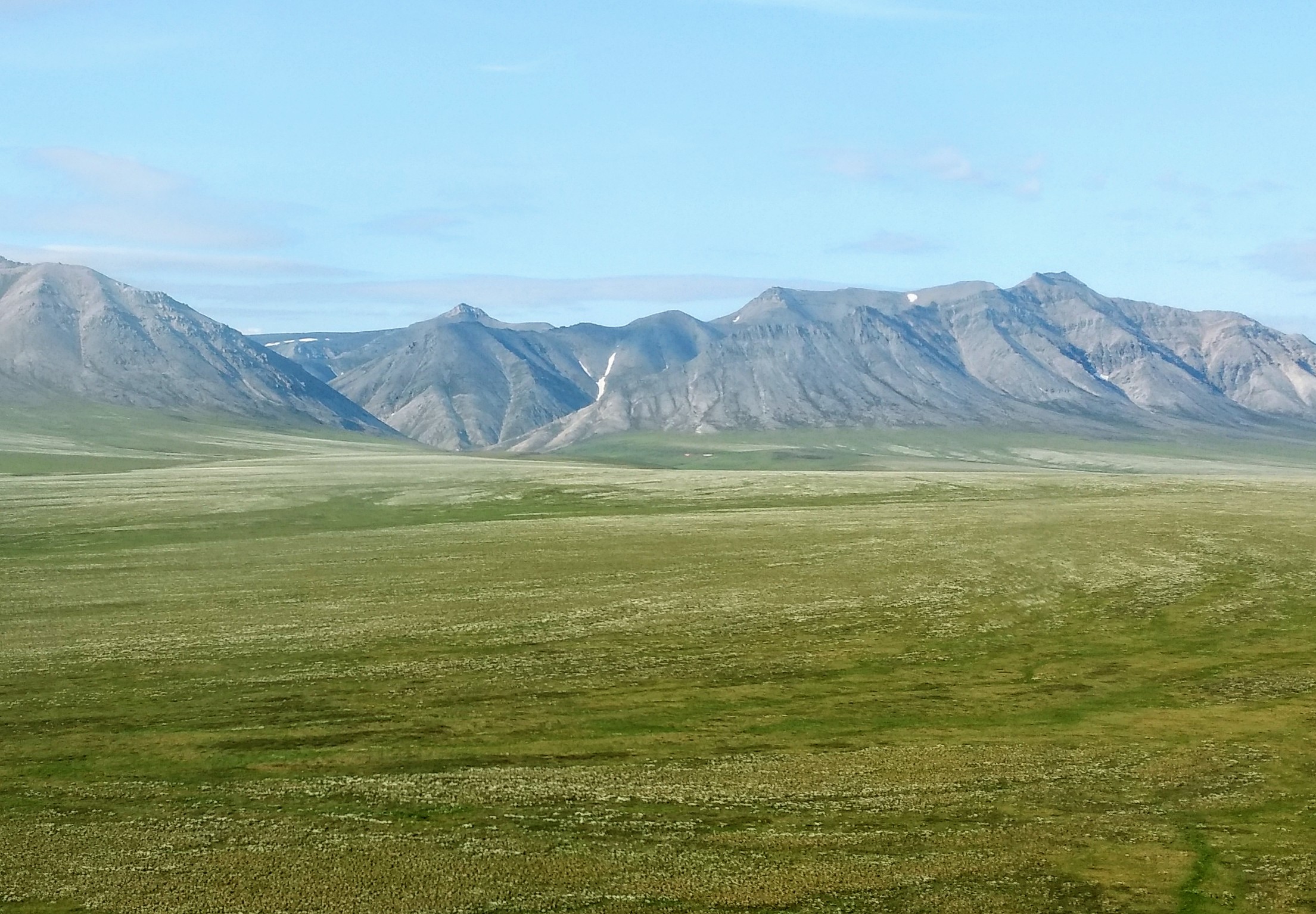
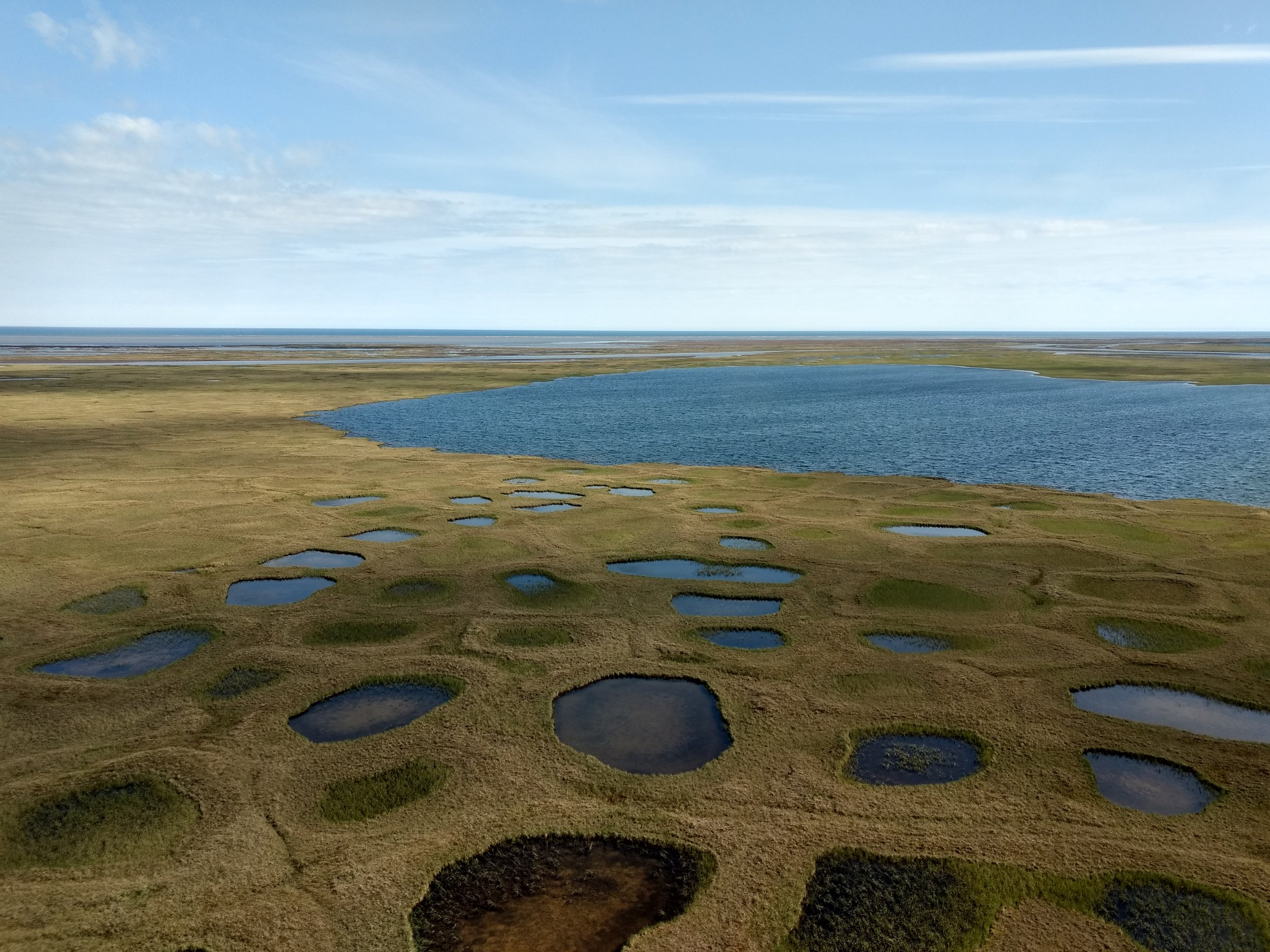
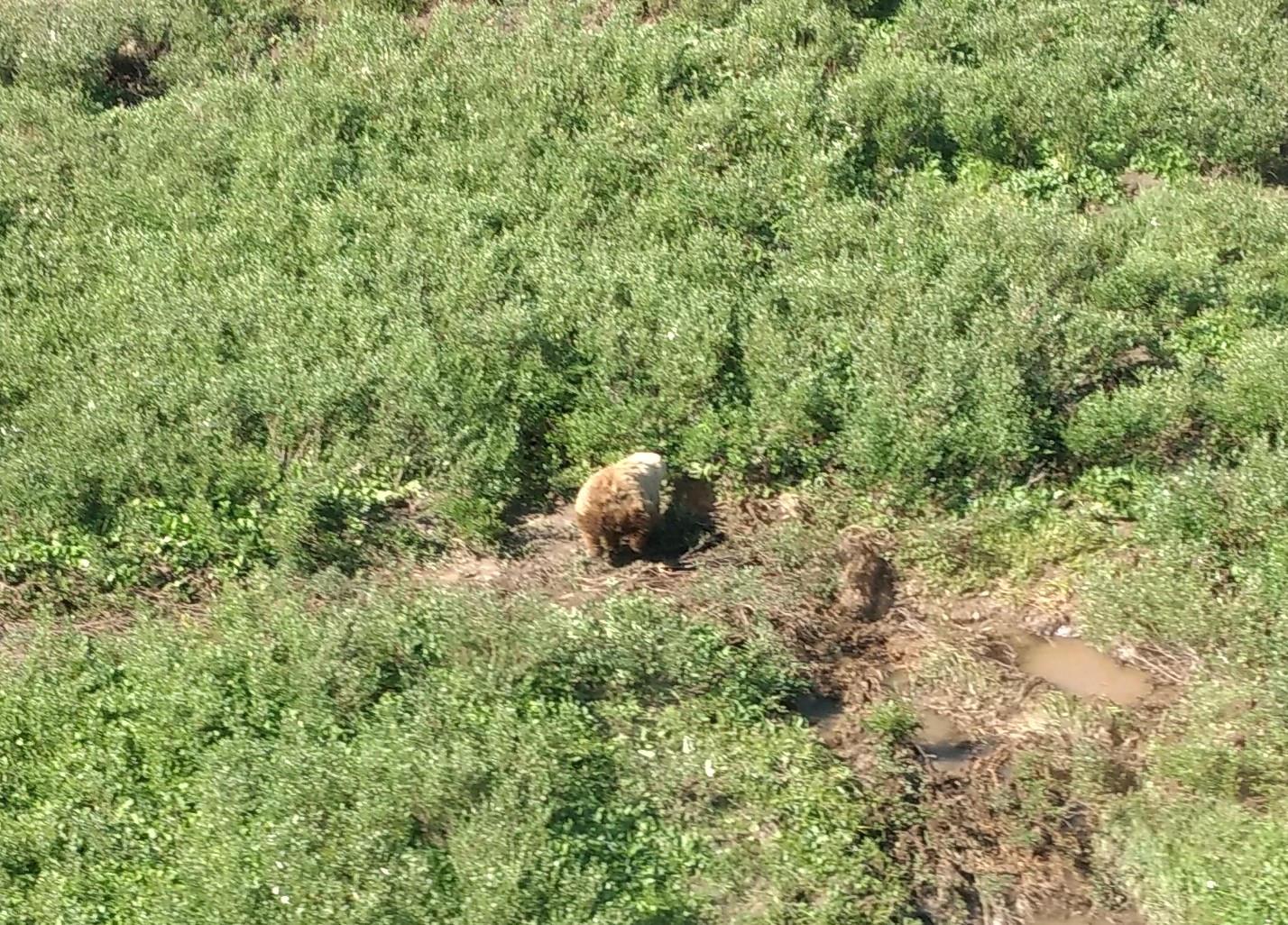
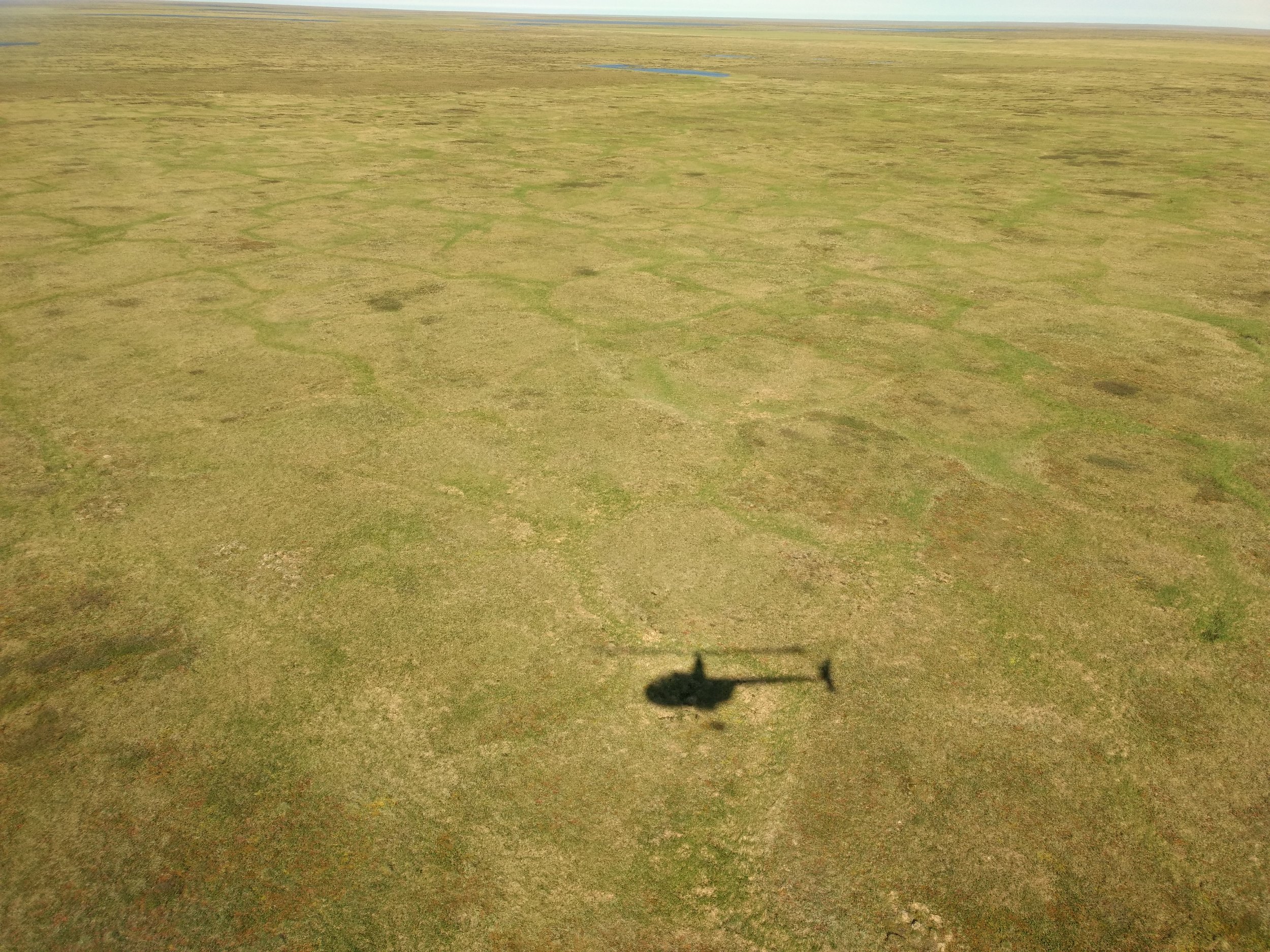
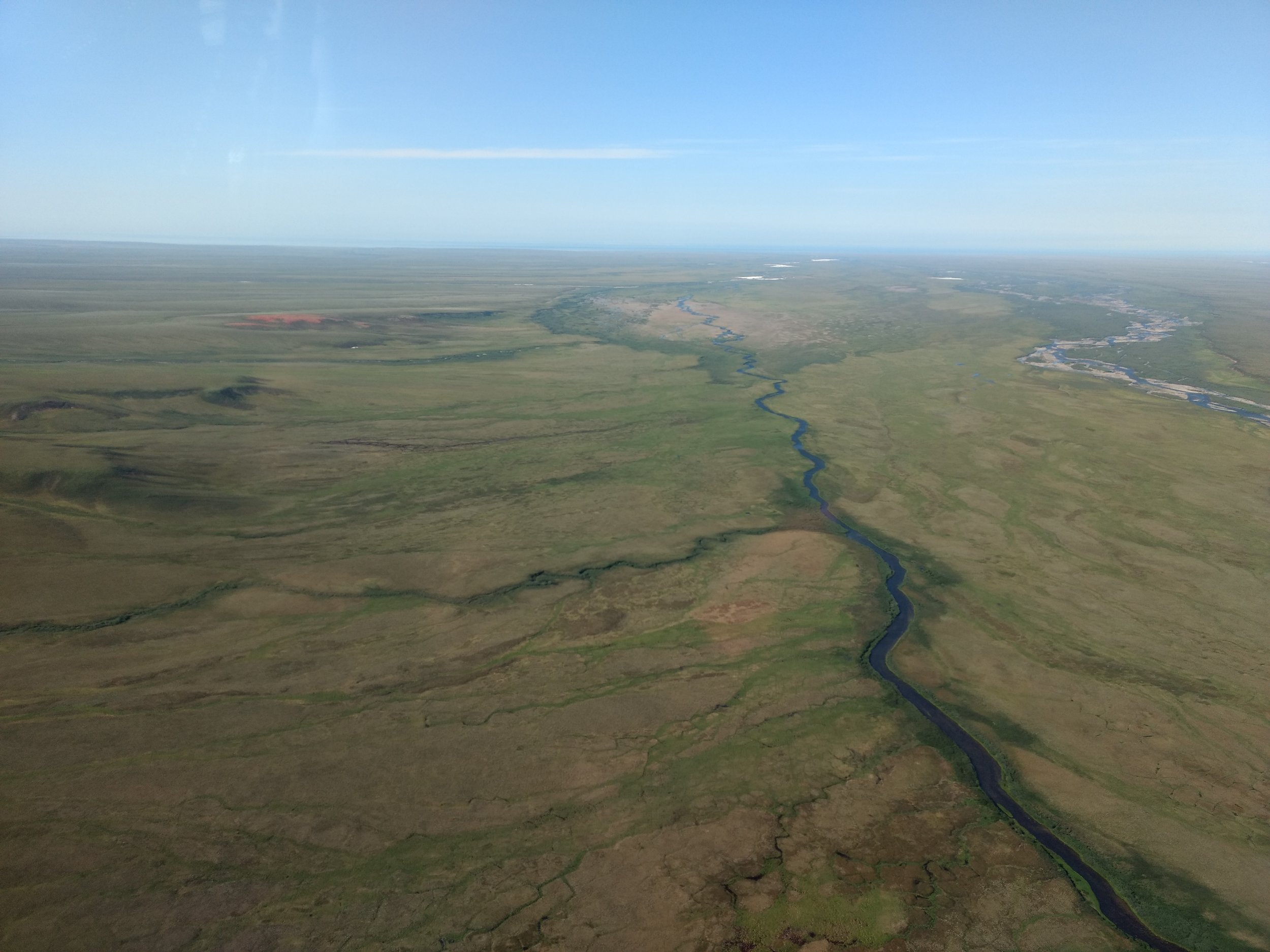
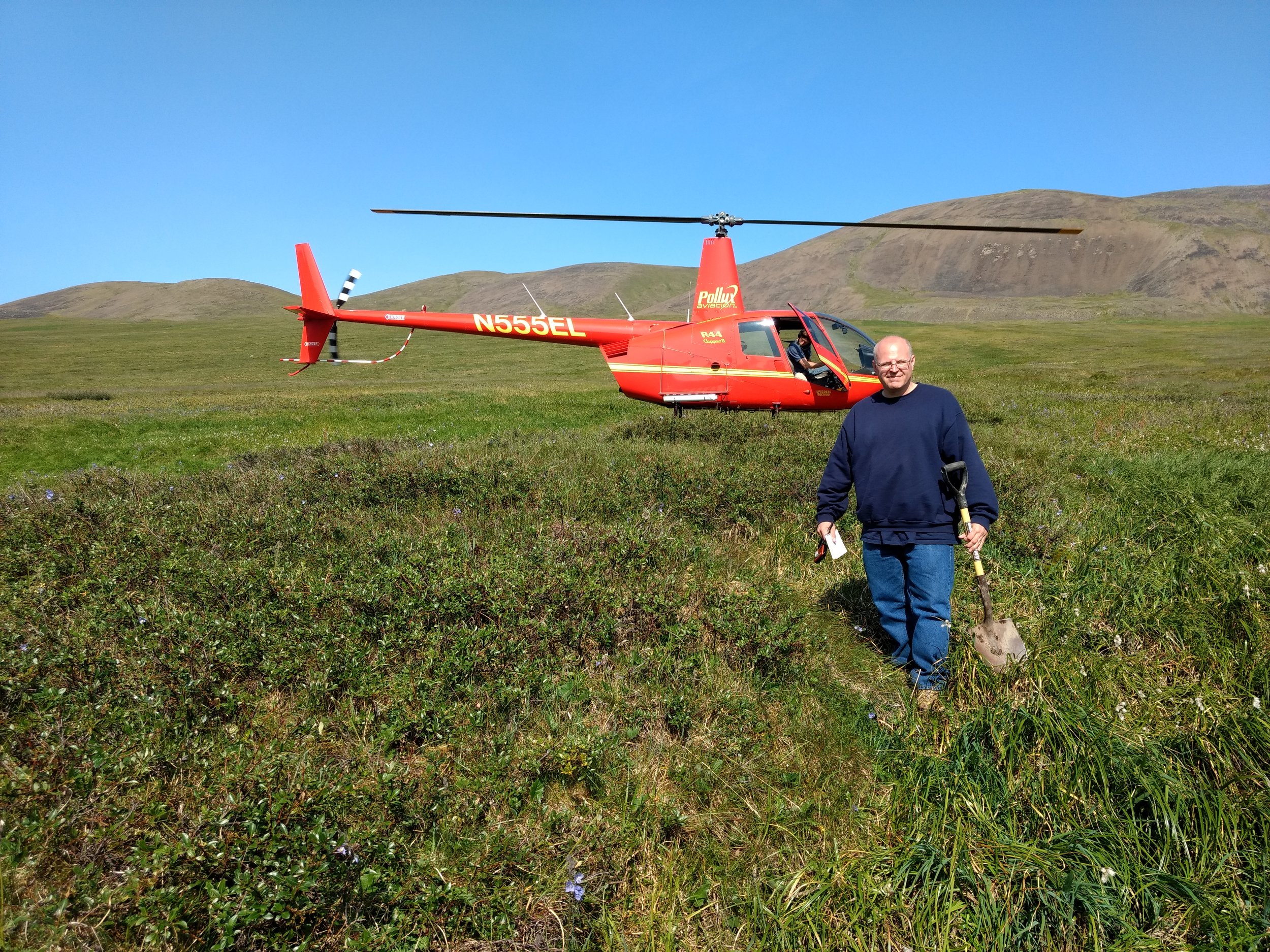
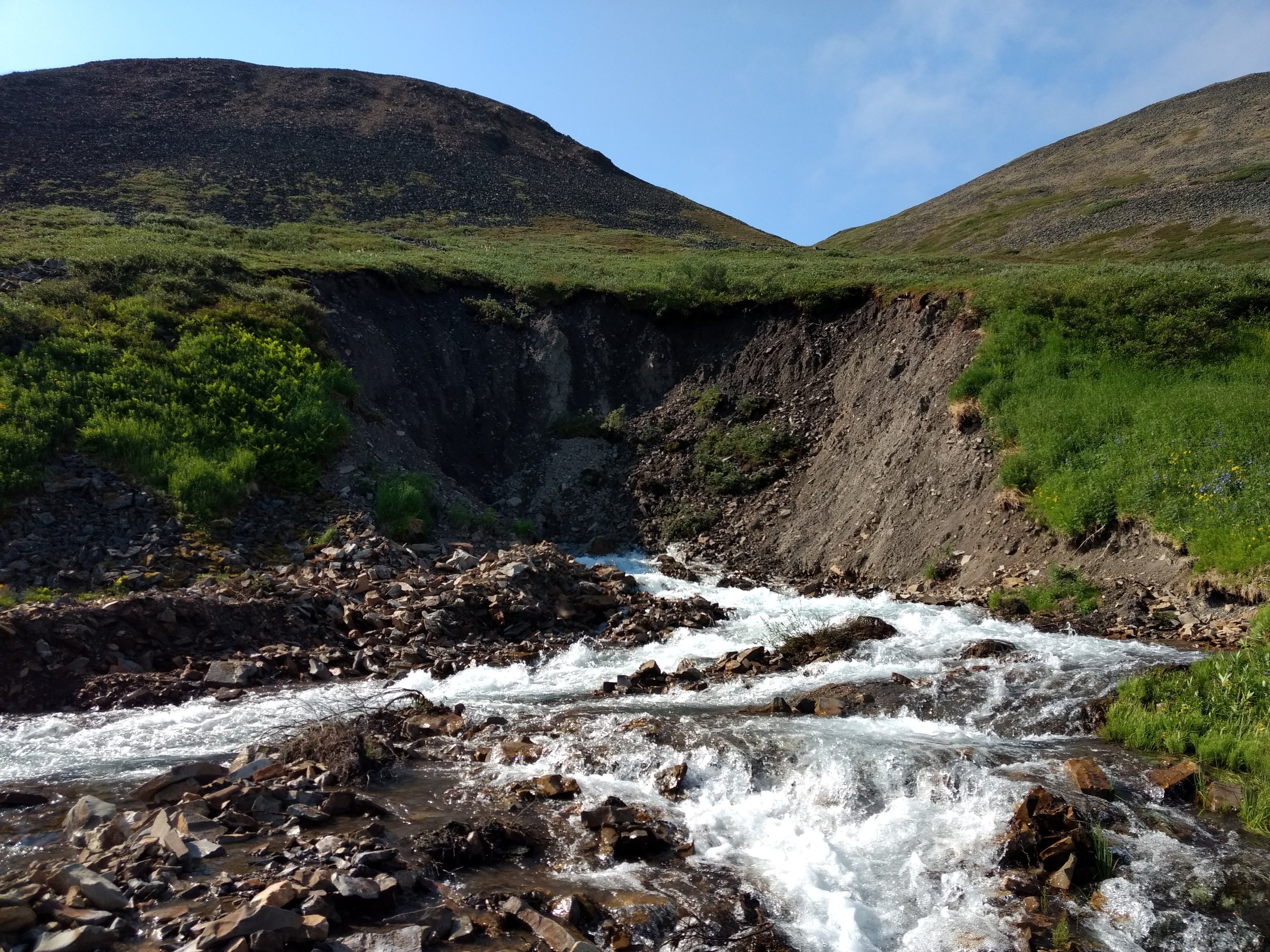
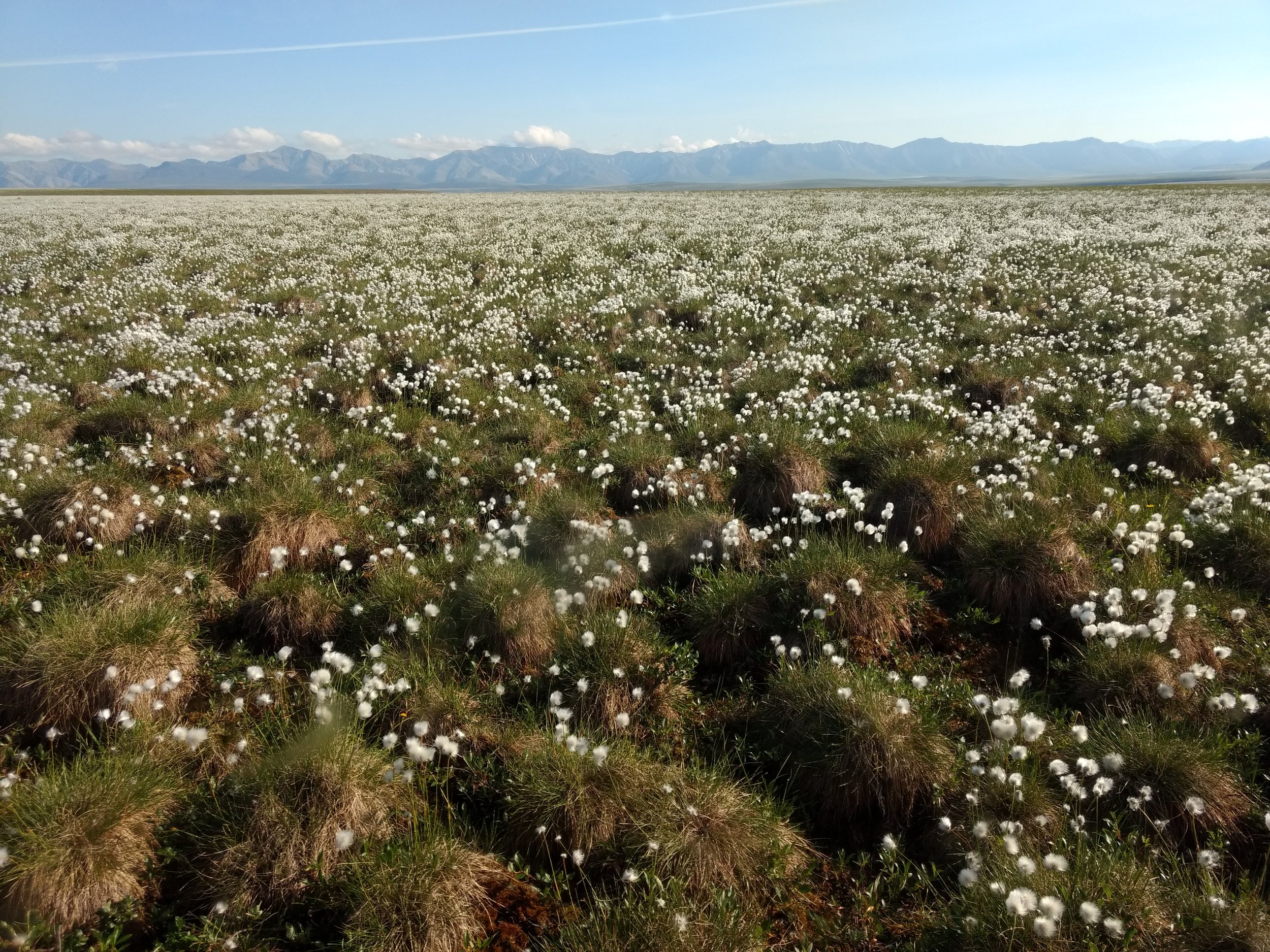
BLM project continues with Idaho fieldwork
In mid-June, GSS staff members Kevin Stark, Andy Nadeau, and Eric Lindquist spent 10 days in northeastern Idaho doing pre-mapping fieldwork for the Bureau of Land Management Wetland and Riparian Area Mapping and Assessment Project.
The team traveled the three major valleys and mountain regions of the study area located along the Montana border and down to the Snake River plain. This part of Idaho includes parts of the Bitterroot Mountains, Salmon River Mountains, Lemhi Valley, and the Lost River Valley and more. Staff visited the unique landscapes in order to ‘ground truth’ upcoming mapping in the area. They also met with members of the Bureau of Land Management (BLM) while in the field to enhance understanding of the area. Dozens of different wetland sites were visited, making it a priority to document the present plant species, how water was moving through and sitting in the wetland landscapes, as well as the types of human-altered water uses in the area. The geography of the study area has influenced much of its use, especially water and land use, and with ranching being the dominant economic activity, the limited and highly modified water supplies of the area must be shared by cattle and native wildlife (e.g., elk, deer, pronghorn).
Once mapping and classification of these semi-arid western wetlands is complete, a wetland functional assessment will be performed to determine what services the wetlands can provide to the surrounding ecosystem.
Western Field Work Continues
GSS staff members Peter McColl, Kevin Stark, and Eric Lindquist visited BLM lands in Wyoming during mid-May to verify draft wetland and riparian mapping and inform future mapping. They visited nearly 200 predetermined sites and made field observations at additional sites found while travelling between the predetermined field sites. Peter, Kevin, and Eric traveled the majority of central Wyoming from north to south as well as the southern BLM lands along the Colorado border. The team first moved from Casper to Lander. Then they worked through Thermopolis on to Cody before heading south to Rawlins and Rocksprings, finally departing from Salt Lake City, UT. The group was also joined in the field by senior staff from the BLM for both project discussion and wetland and riparian verification.
The team verified and confirmed preliminary mapping done by GSS and worked to learn more about the newly created LLWW key for inland wetlands of the Western U.S. This information will be processed, and mapping will be adjusted for project completion.Additionally, new sites were visited to prepare for wetlands mapping in new areas. This work is being completed as part of a larger project that will map portions of eight states (see “New Projects”). With the completion of this field trip to Wyoming and a previous trip to New Mexico, staff have completed fieldwork in two of the eight states. June will take project managers to Idaho and July will have staff members doing work in Alaska. Future field trips will include Utah and California/Nevada.
Minnesota NWI Update Completed
Recently, the “Bob Lamb Outdoors” website shared this story about the Minnesota DNR’s completion of their 10-year project to update the state’s National Wetland Inventory database. GSS staff and students completed the updates for the southern and northwest portions of Minnesota. The new wetland map data are available through an interactive mapping application on the DNR’s website (see example below). Congratulations to our partners at the DNR for wrapping up this ambitious endeavor!





